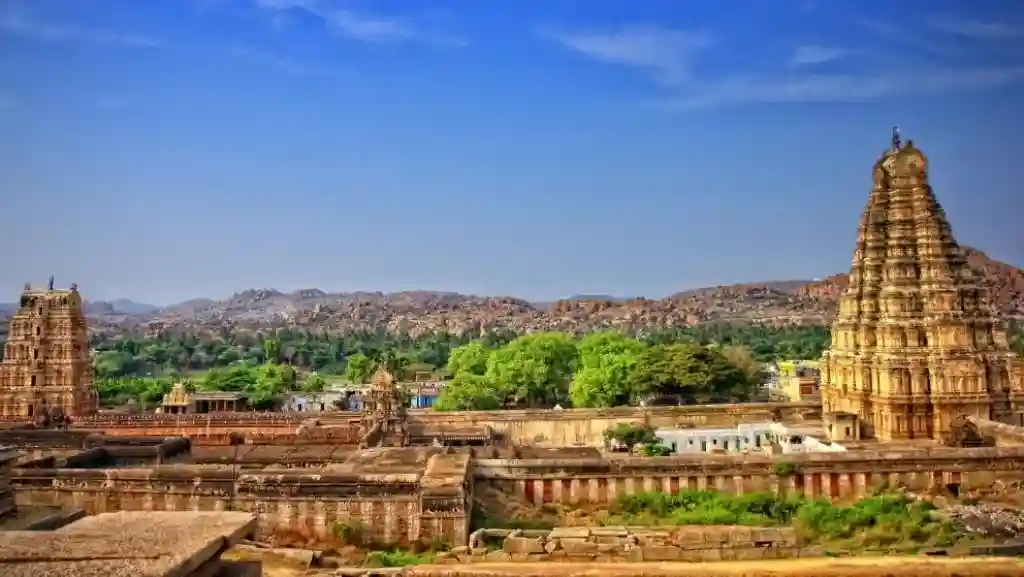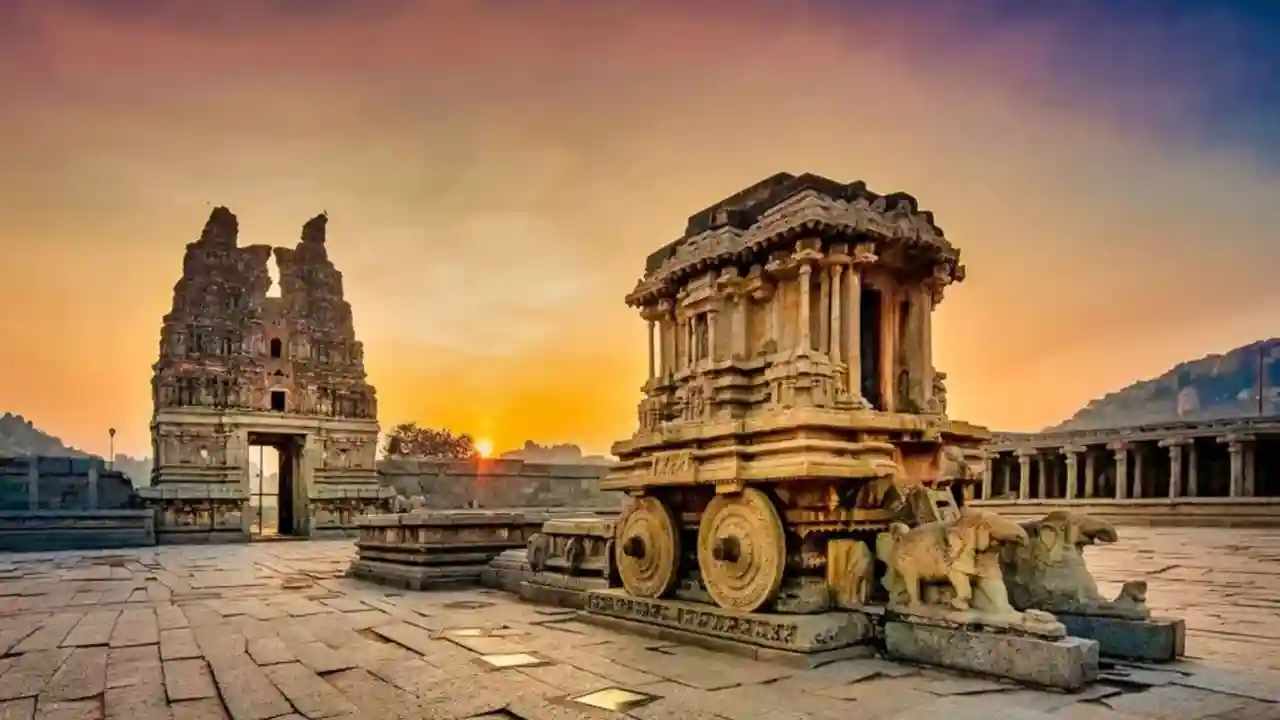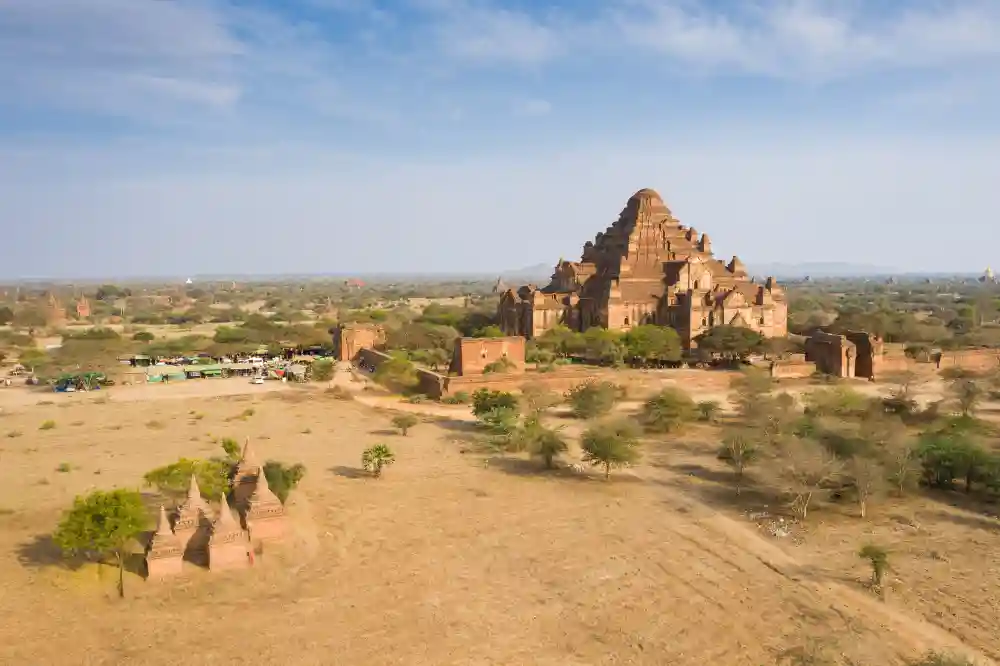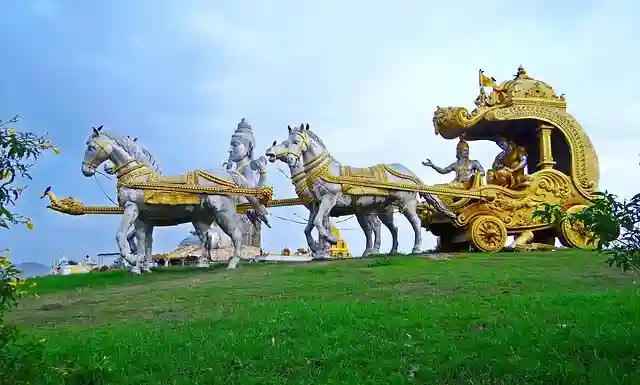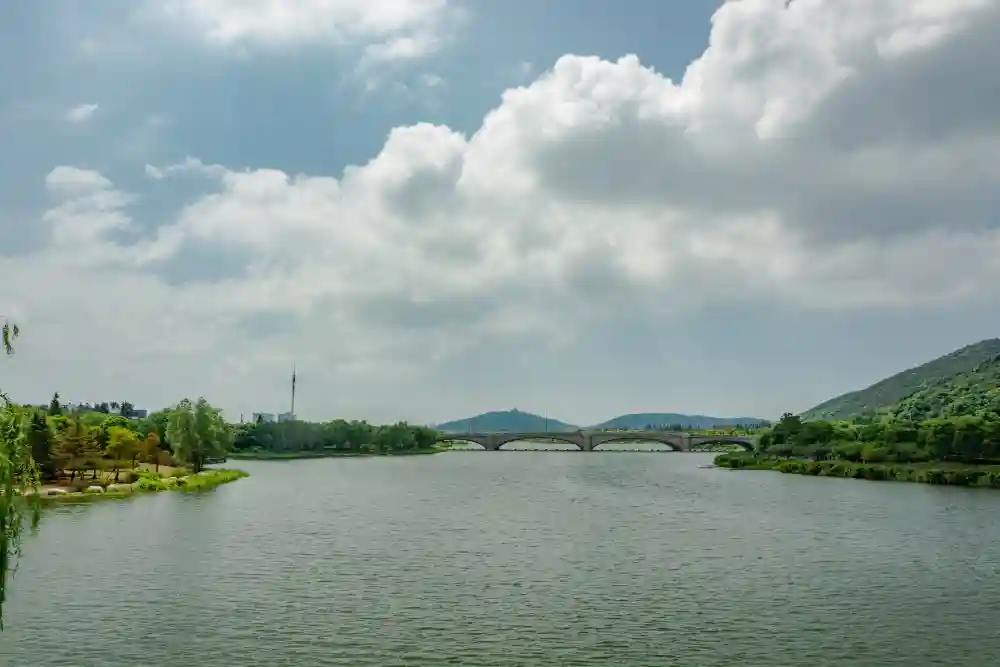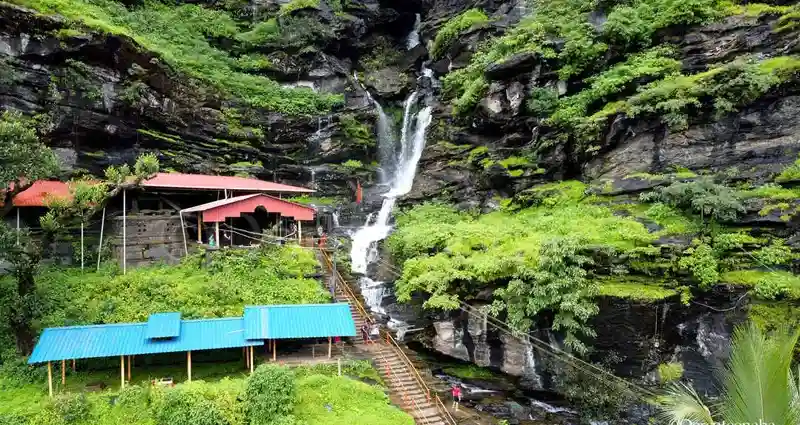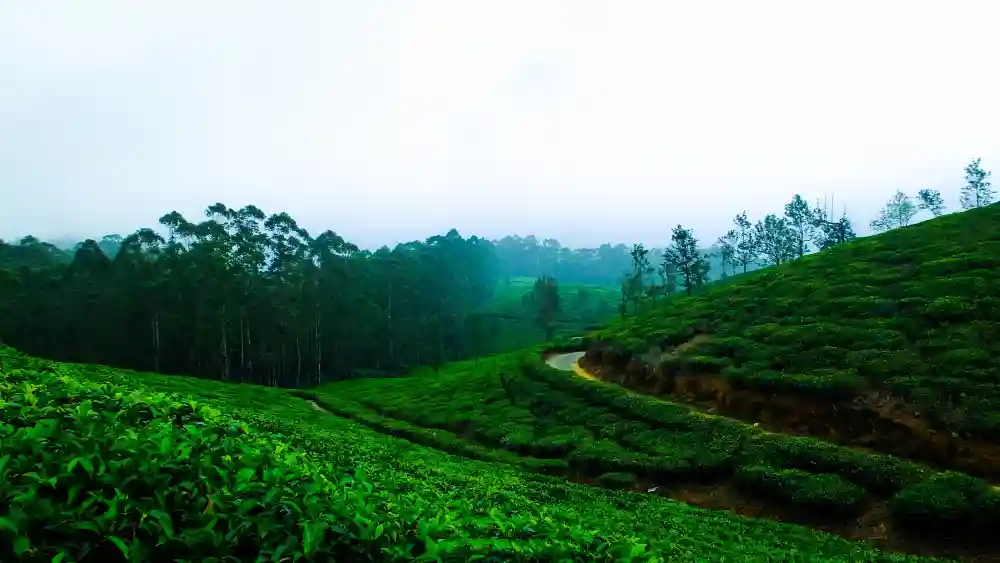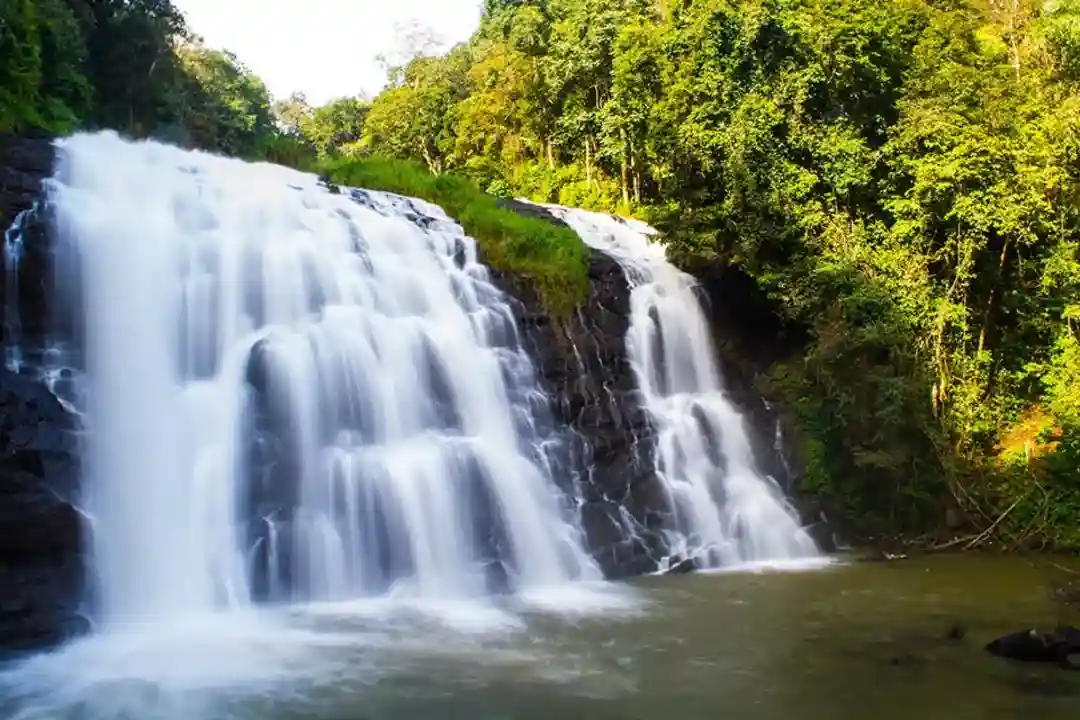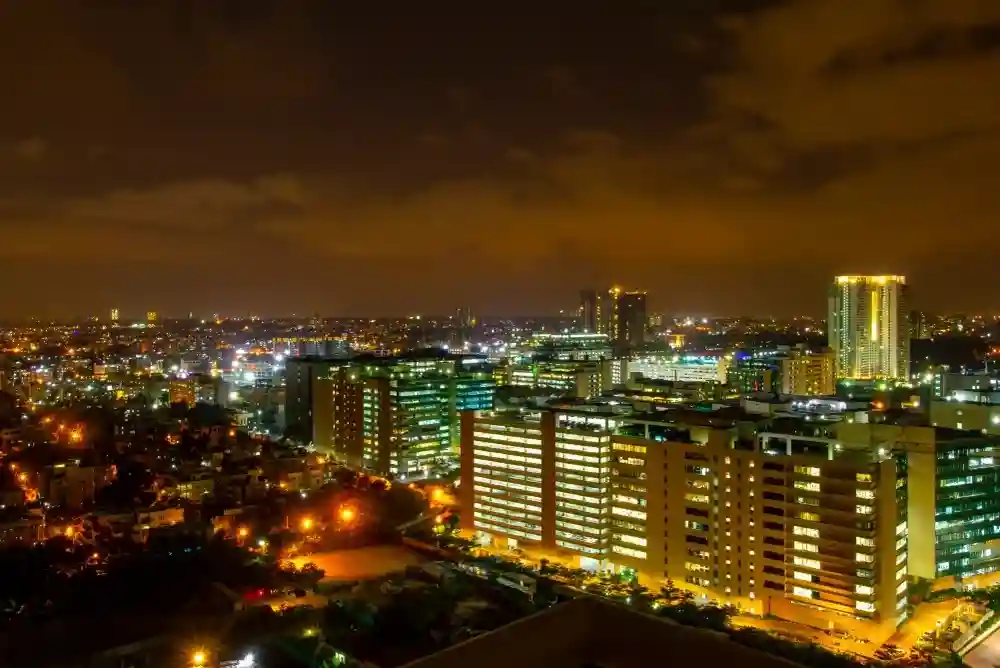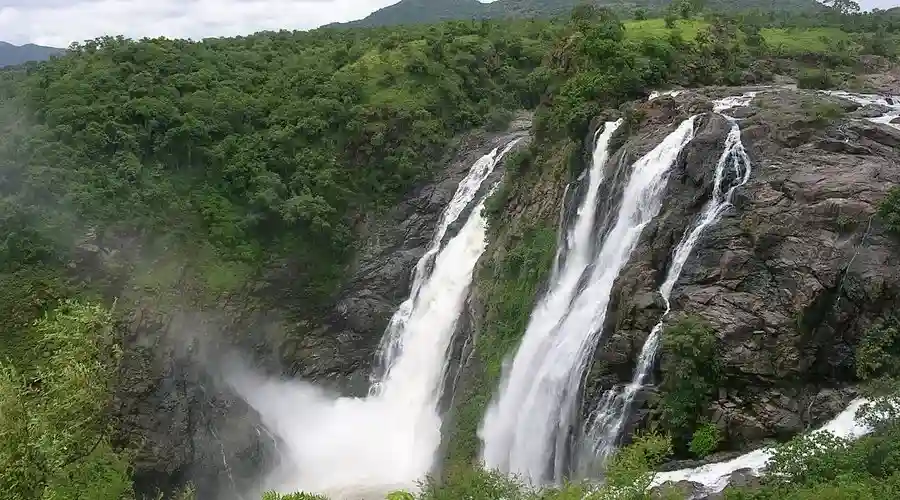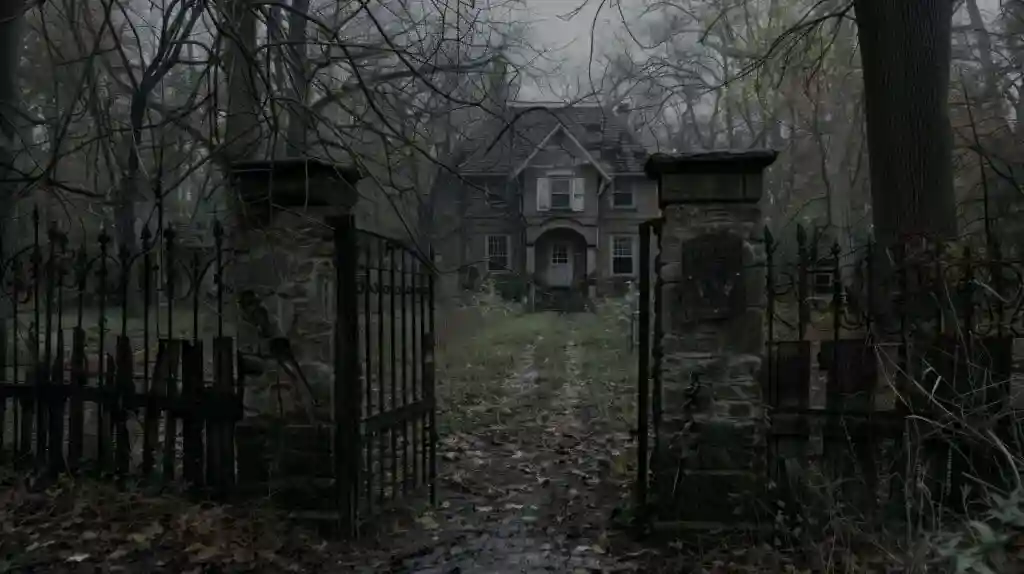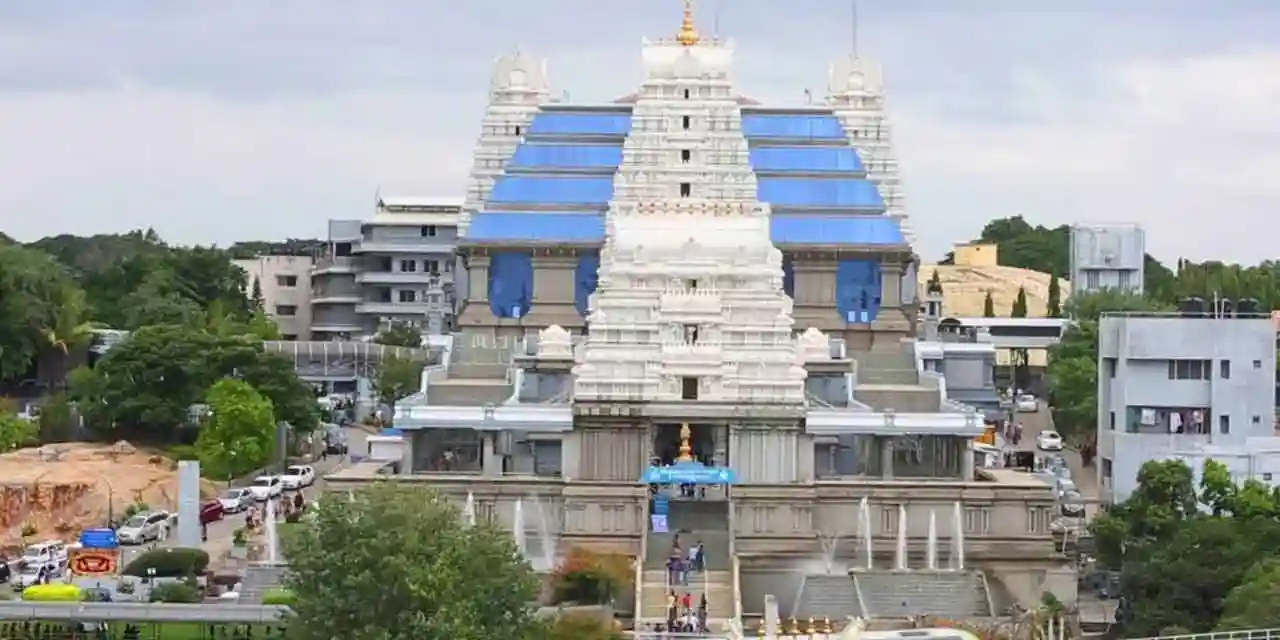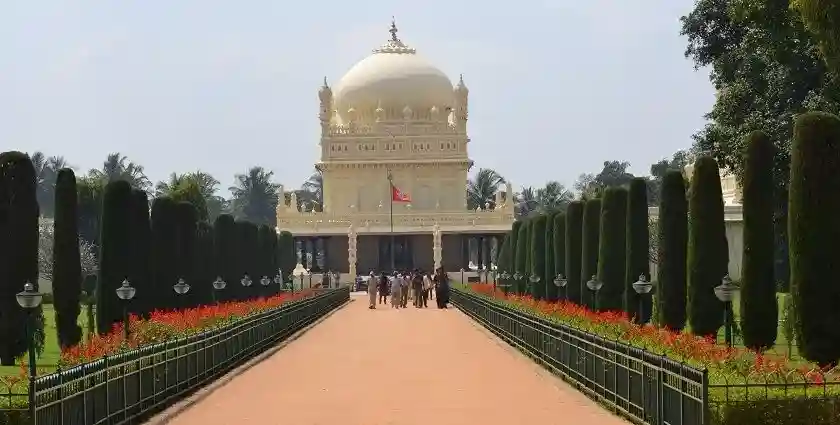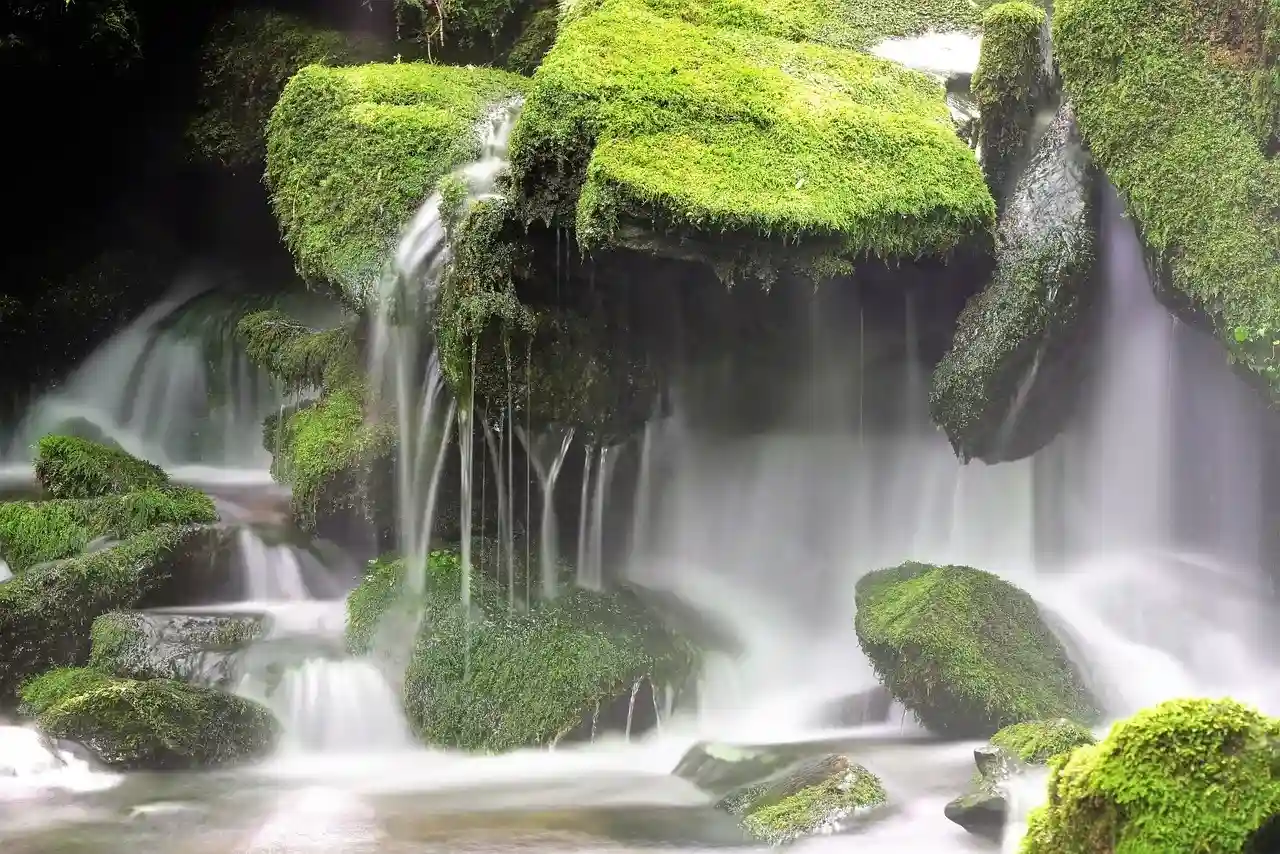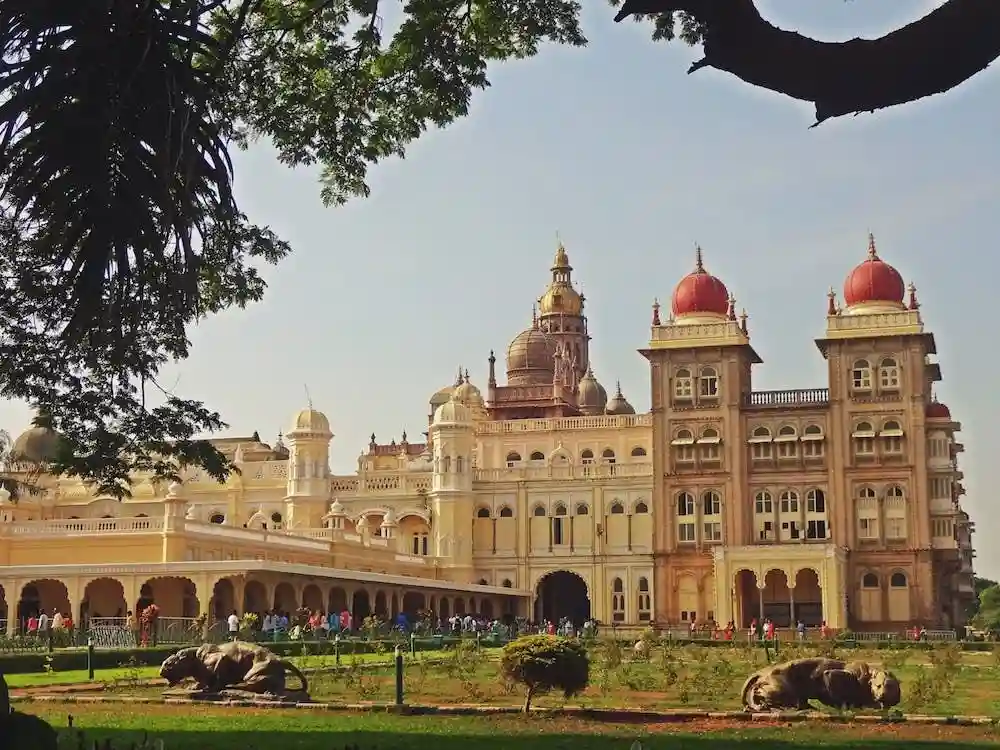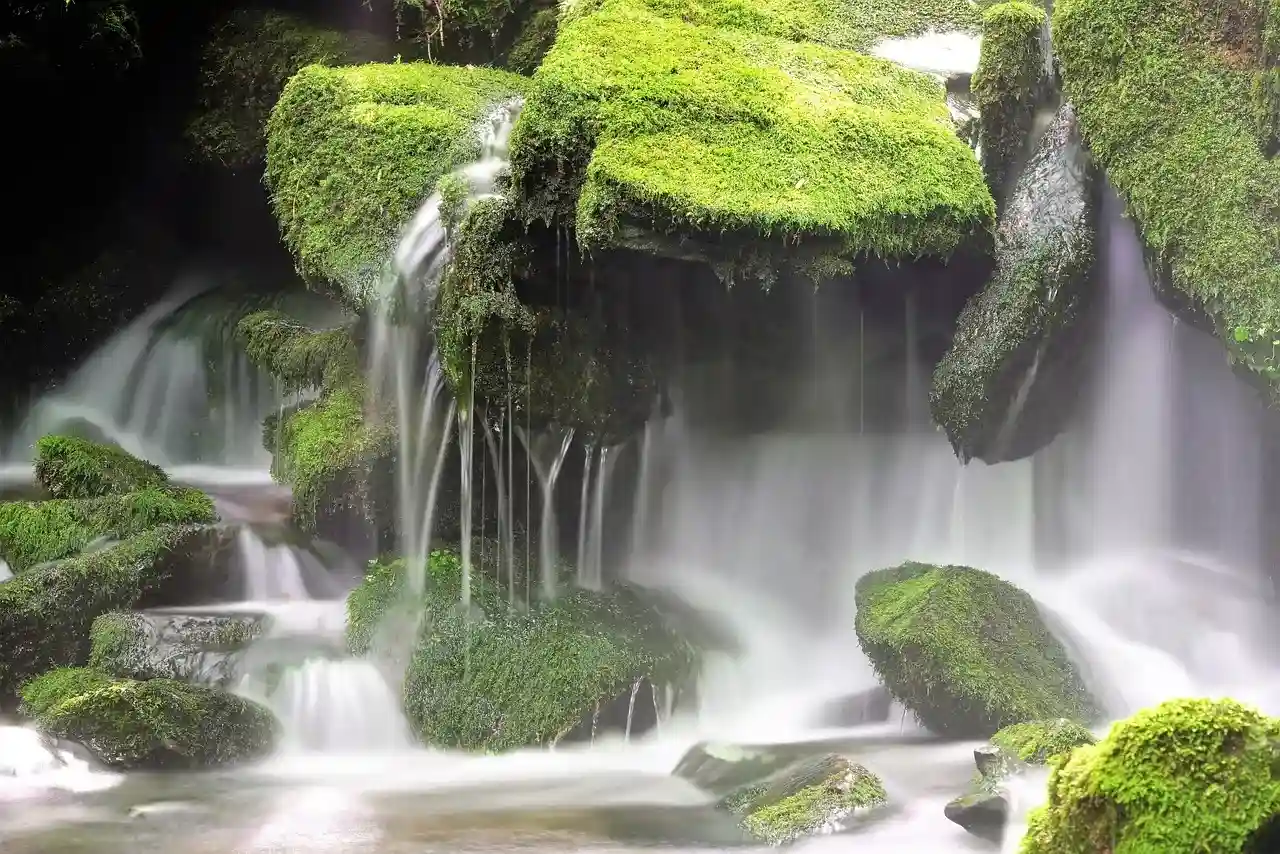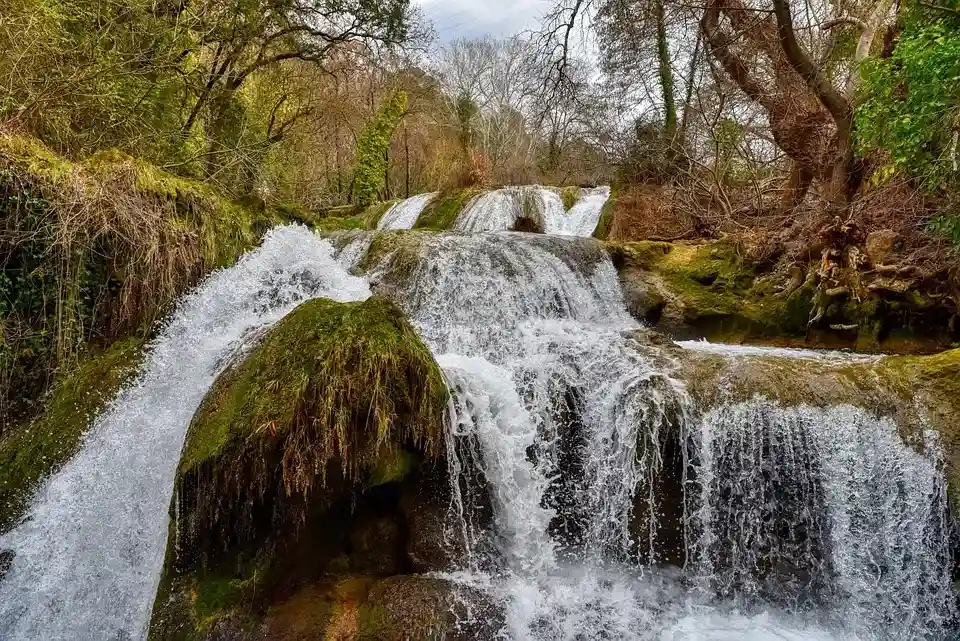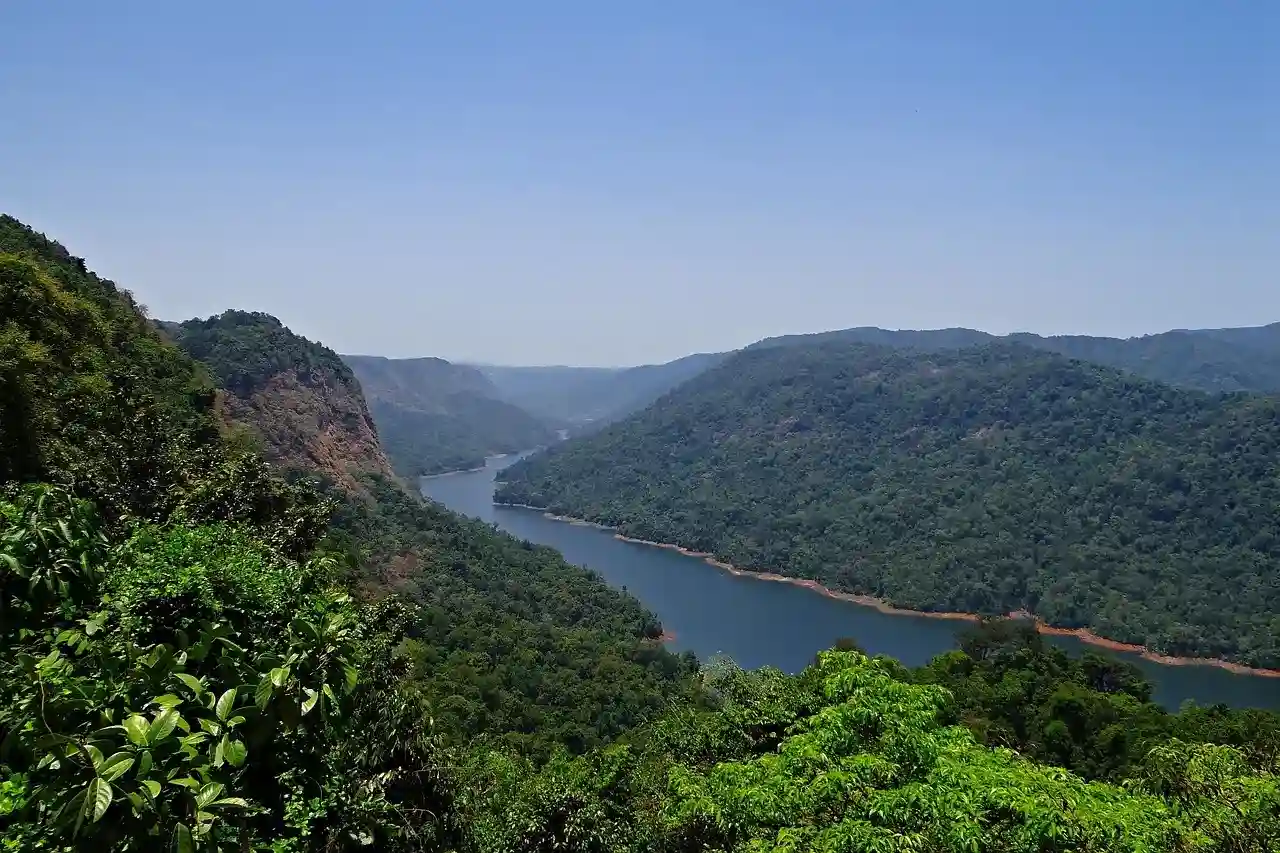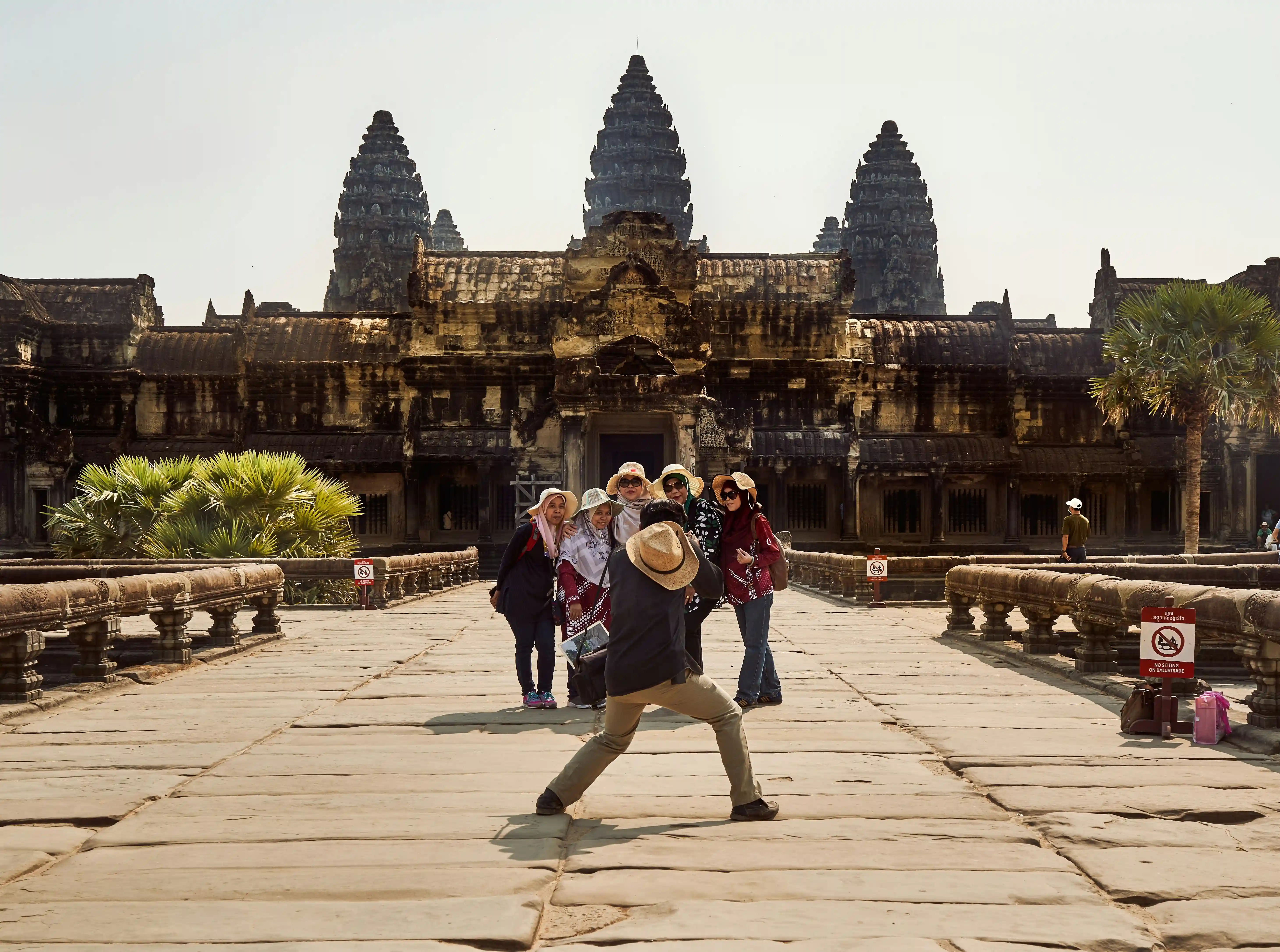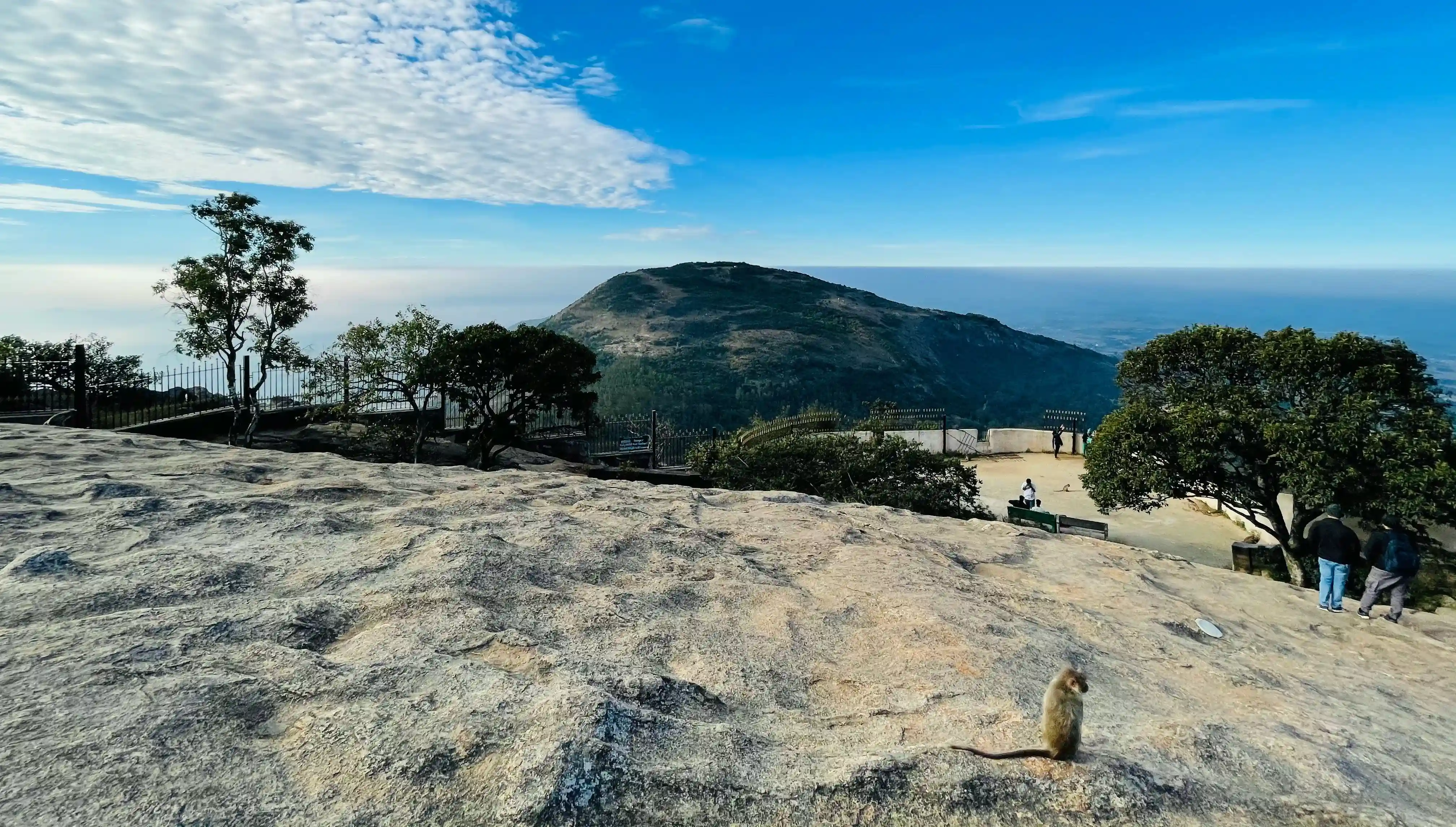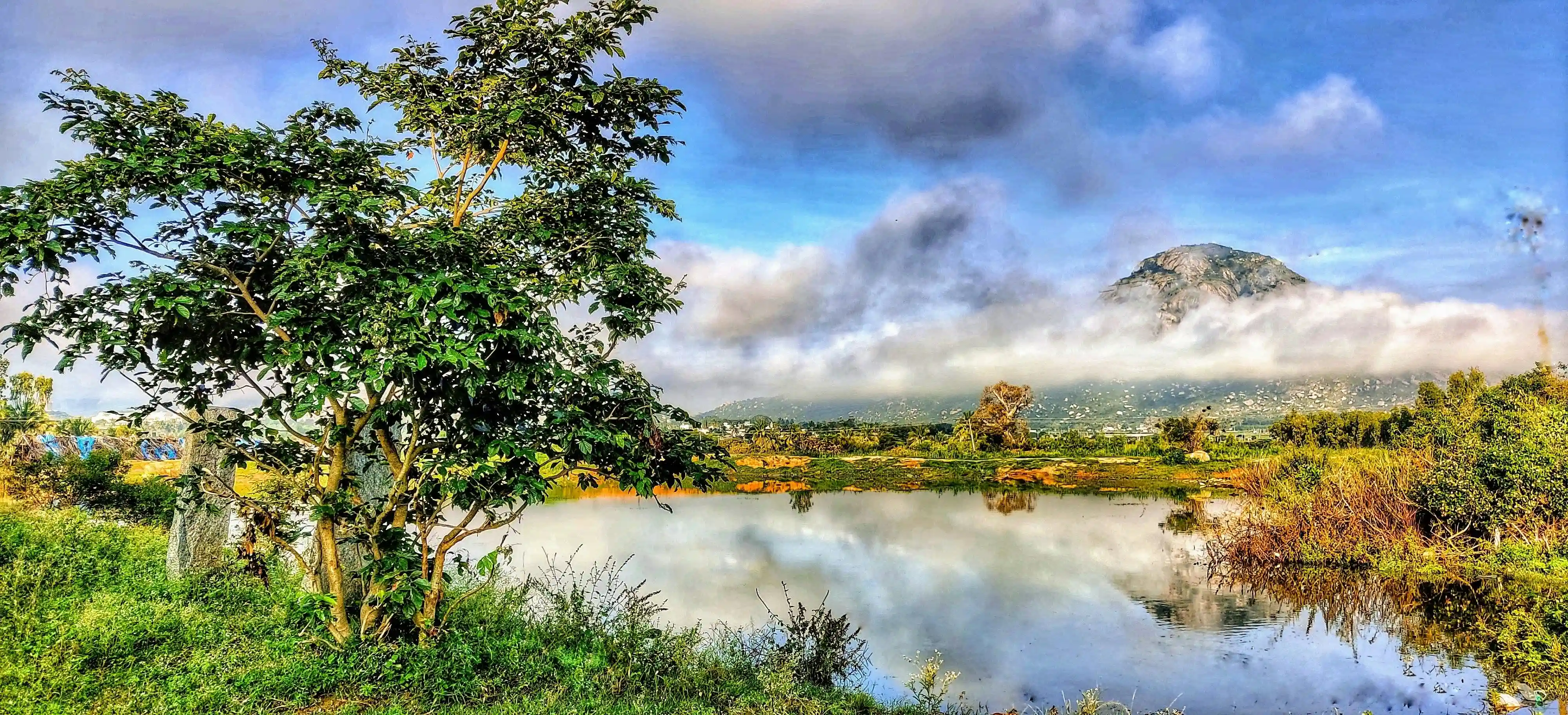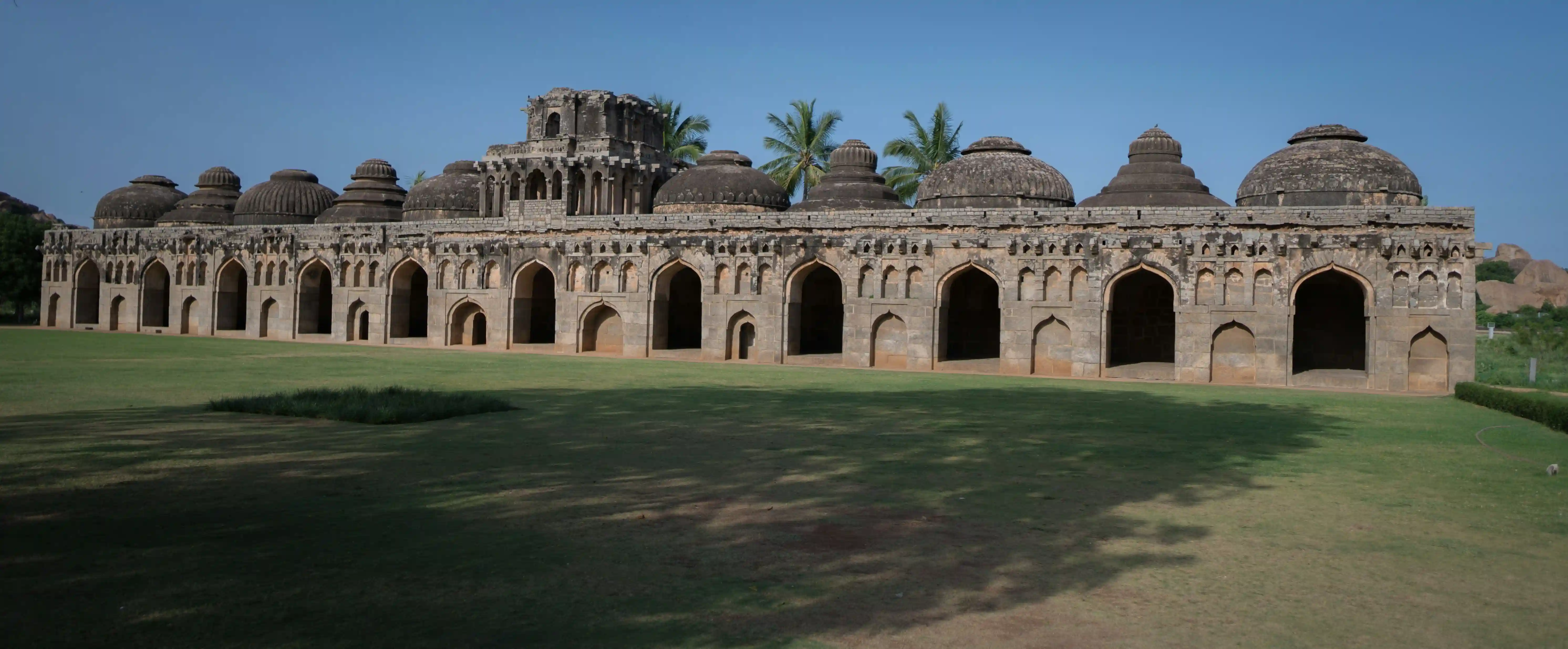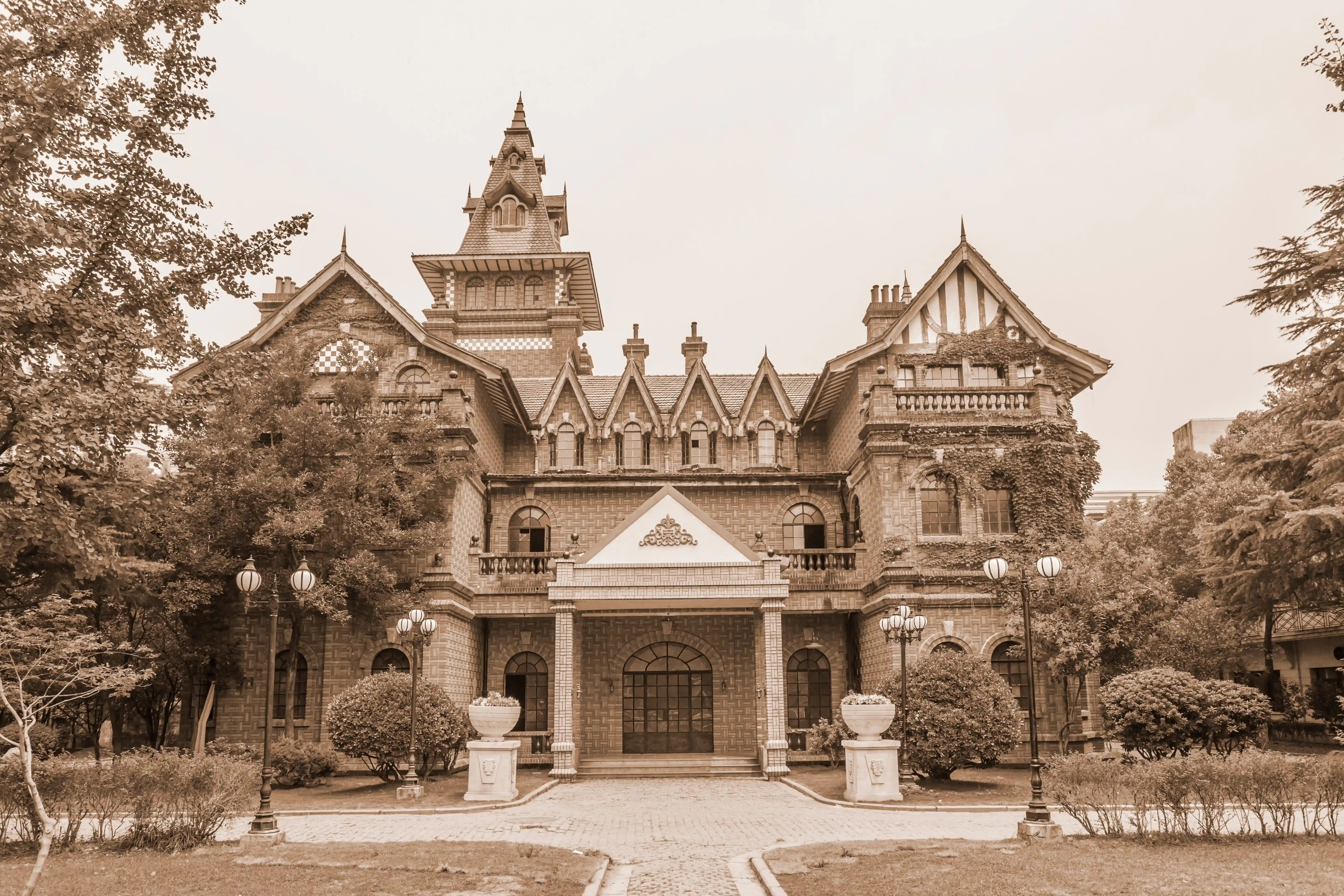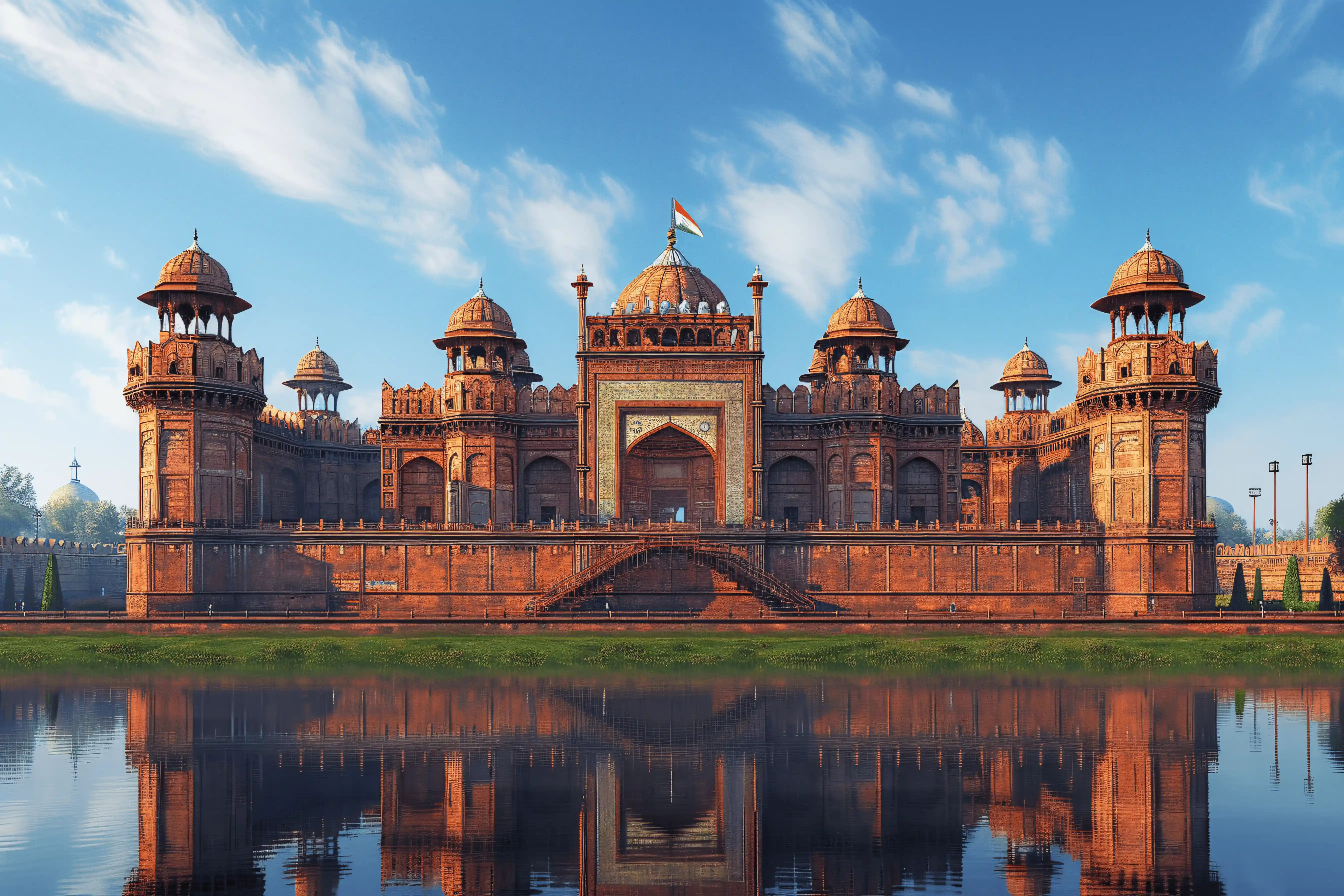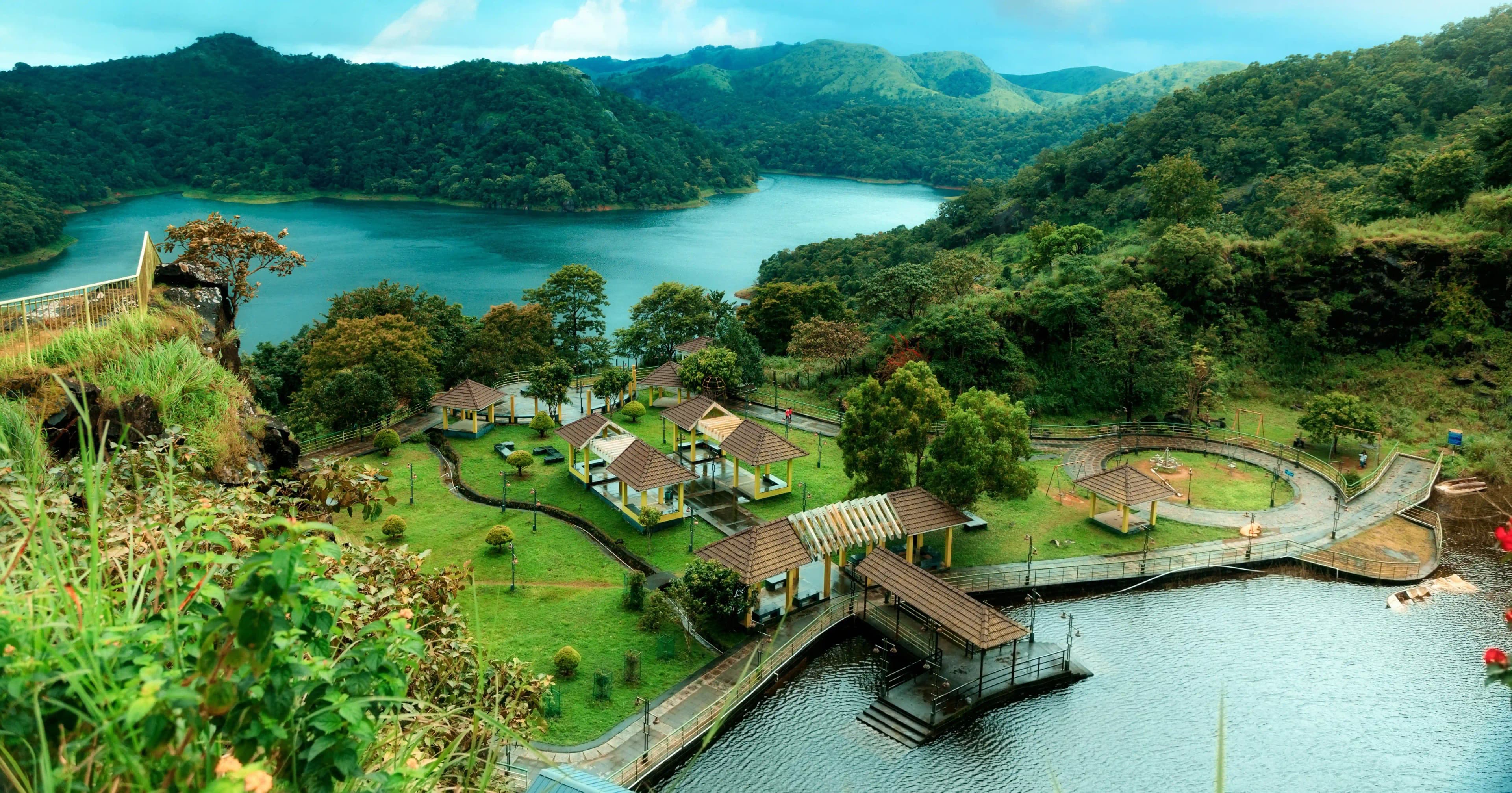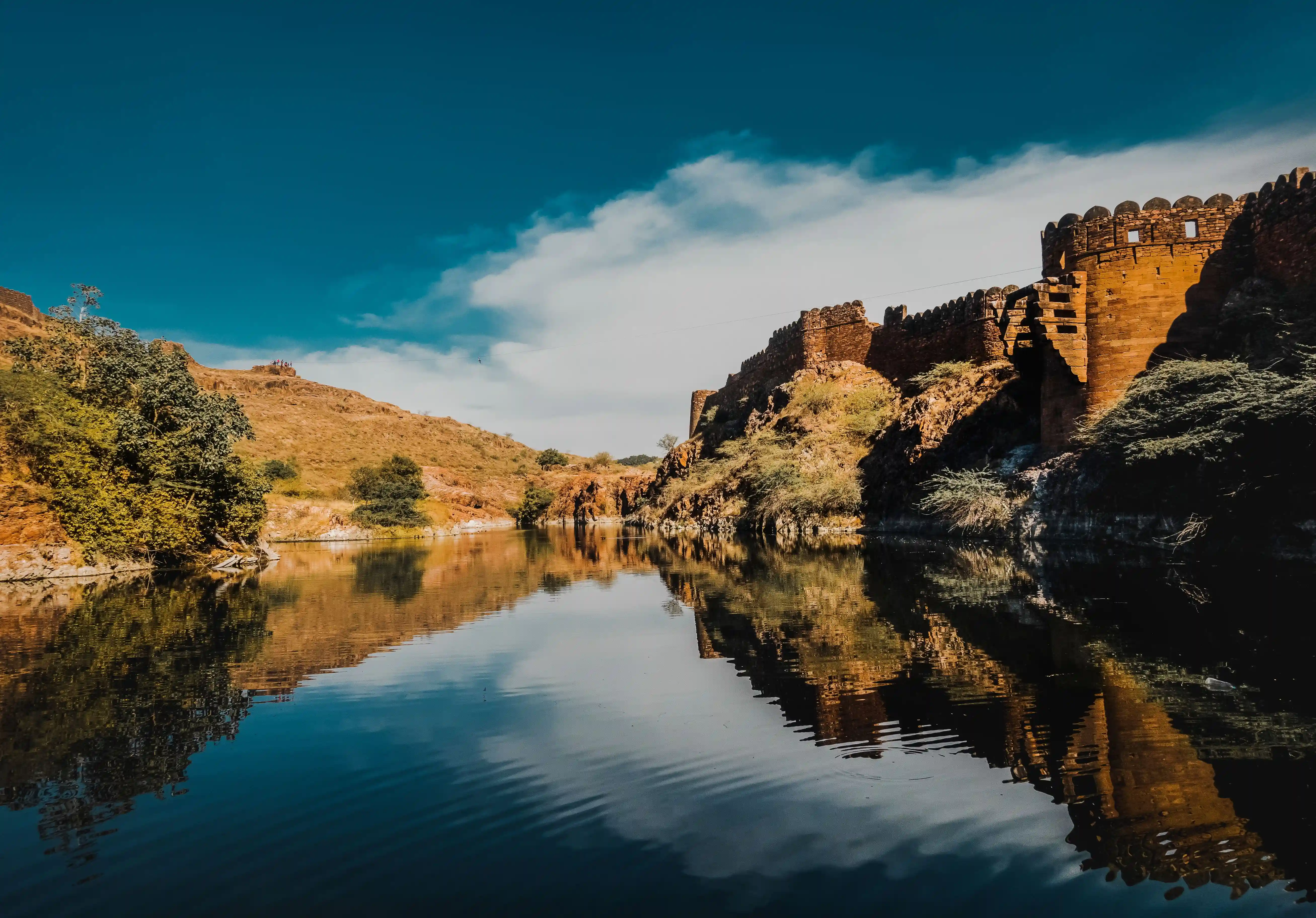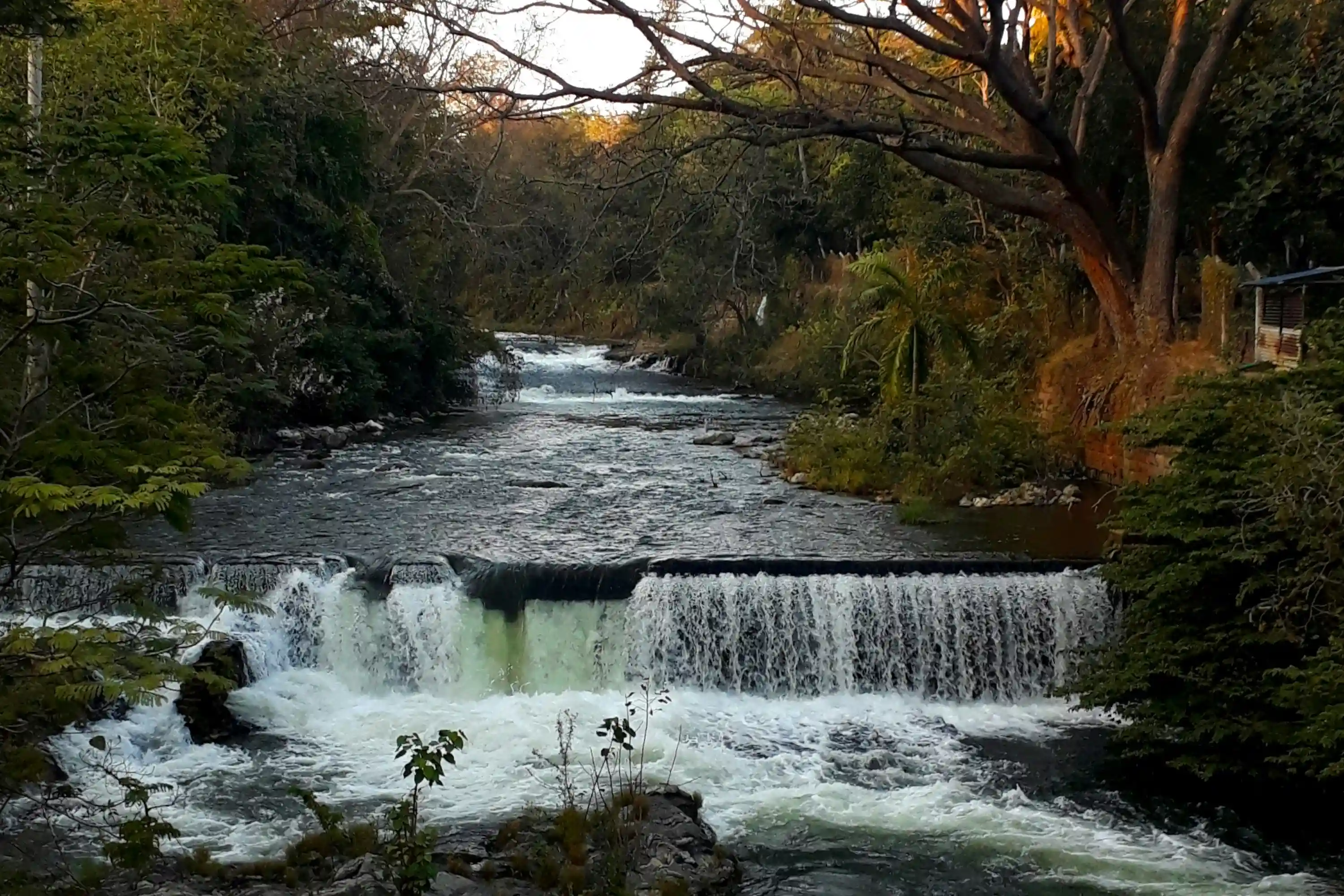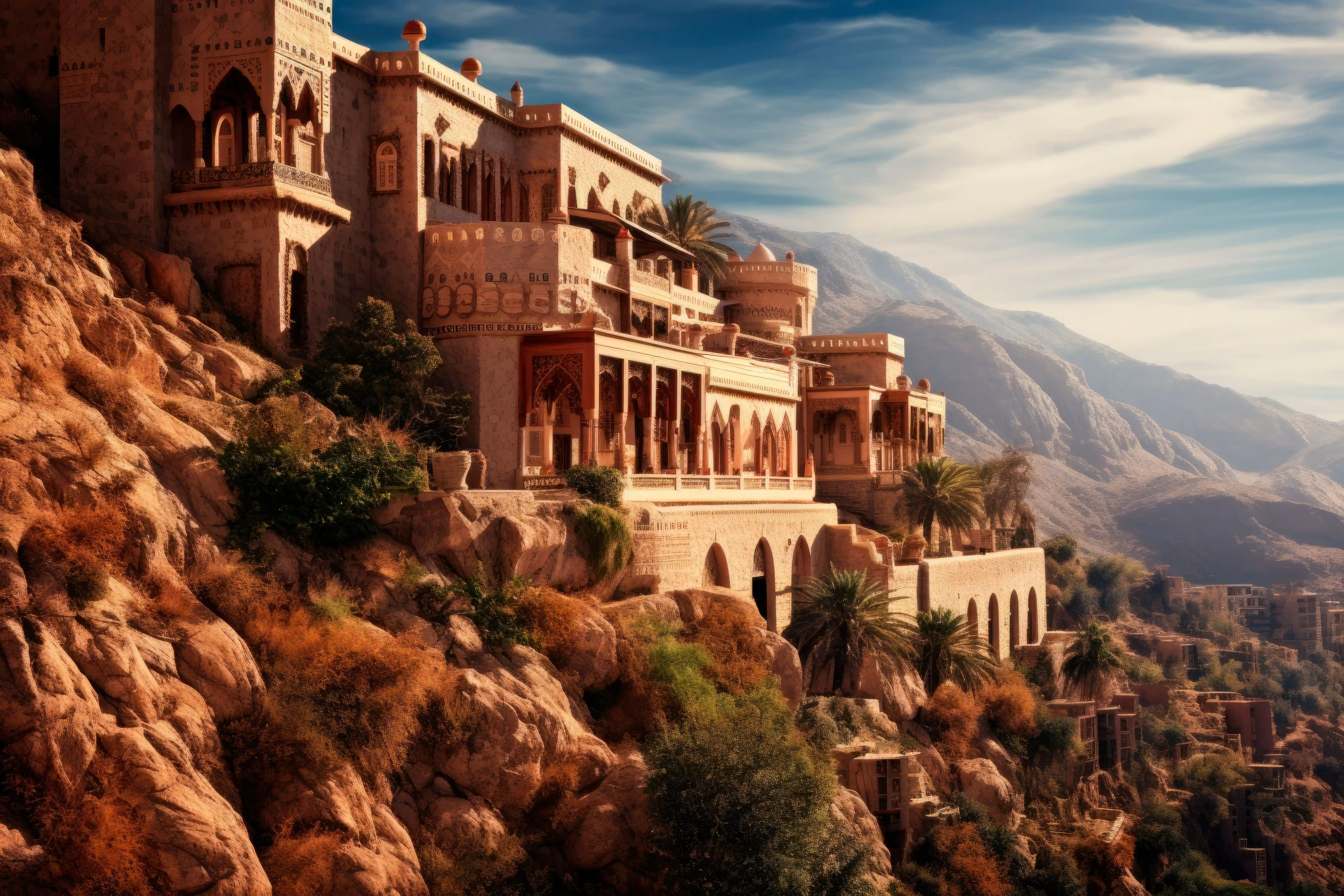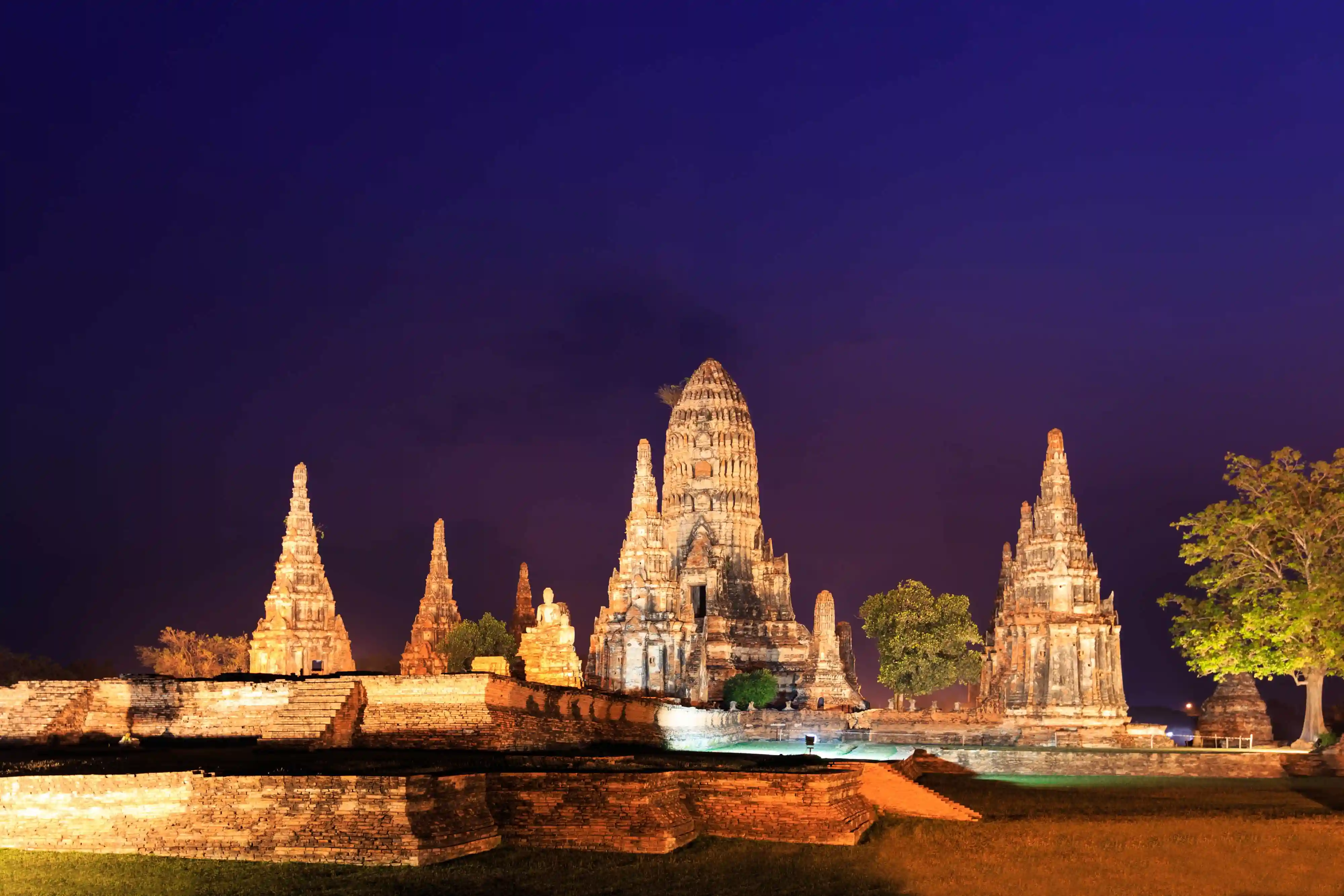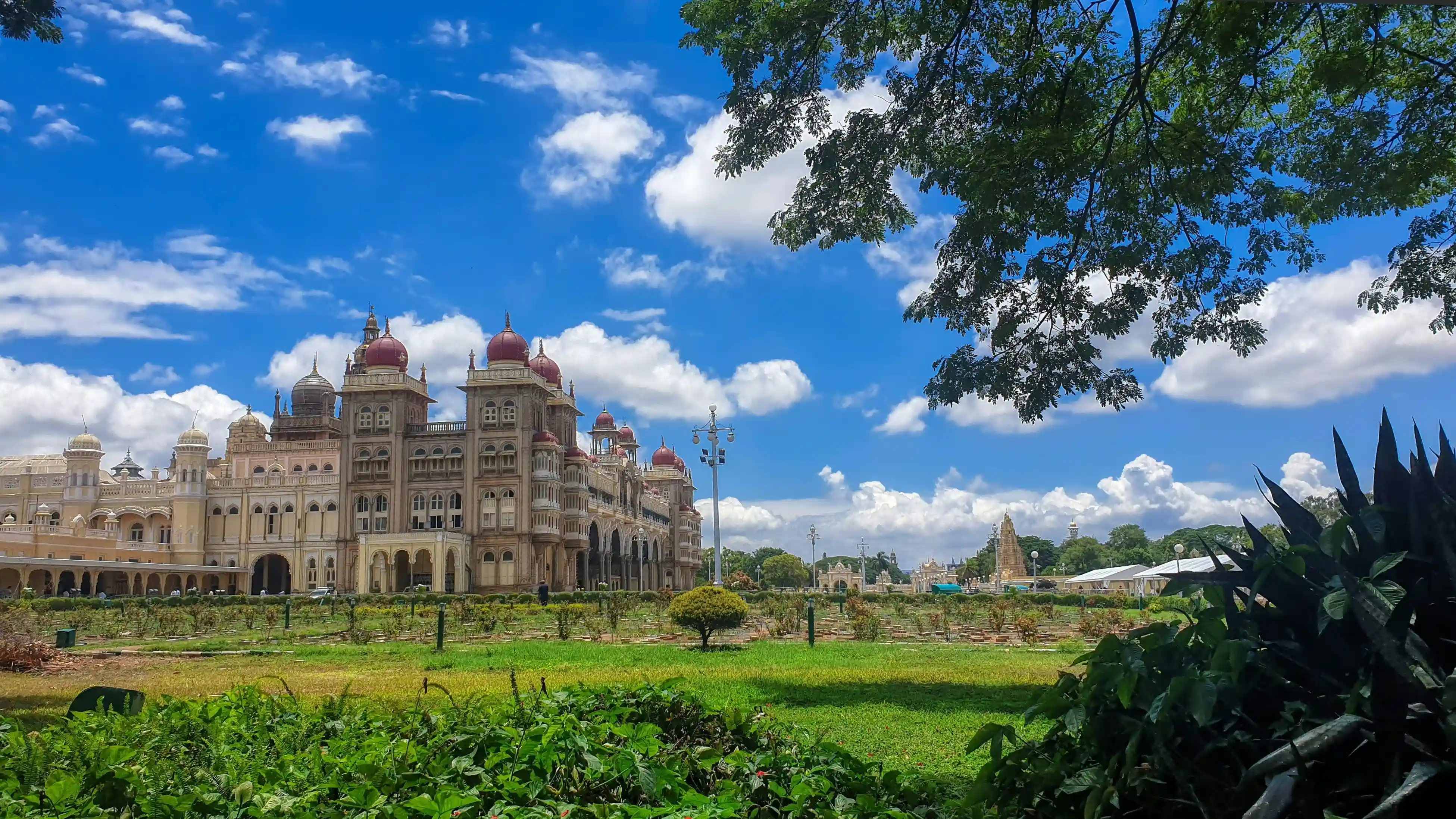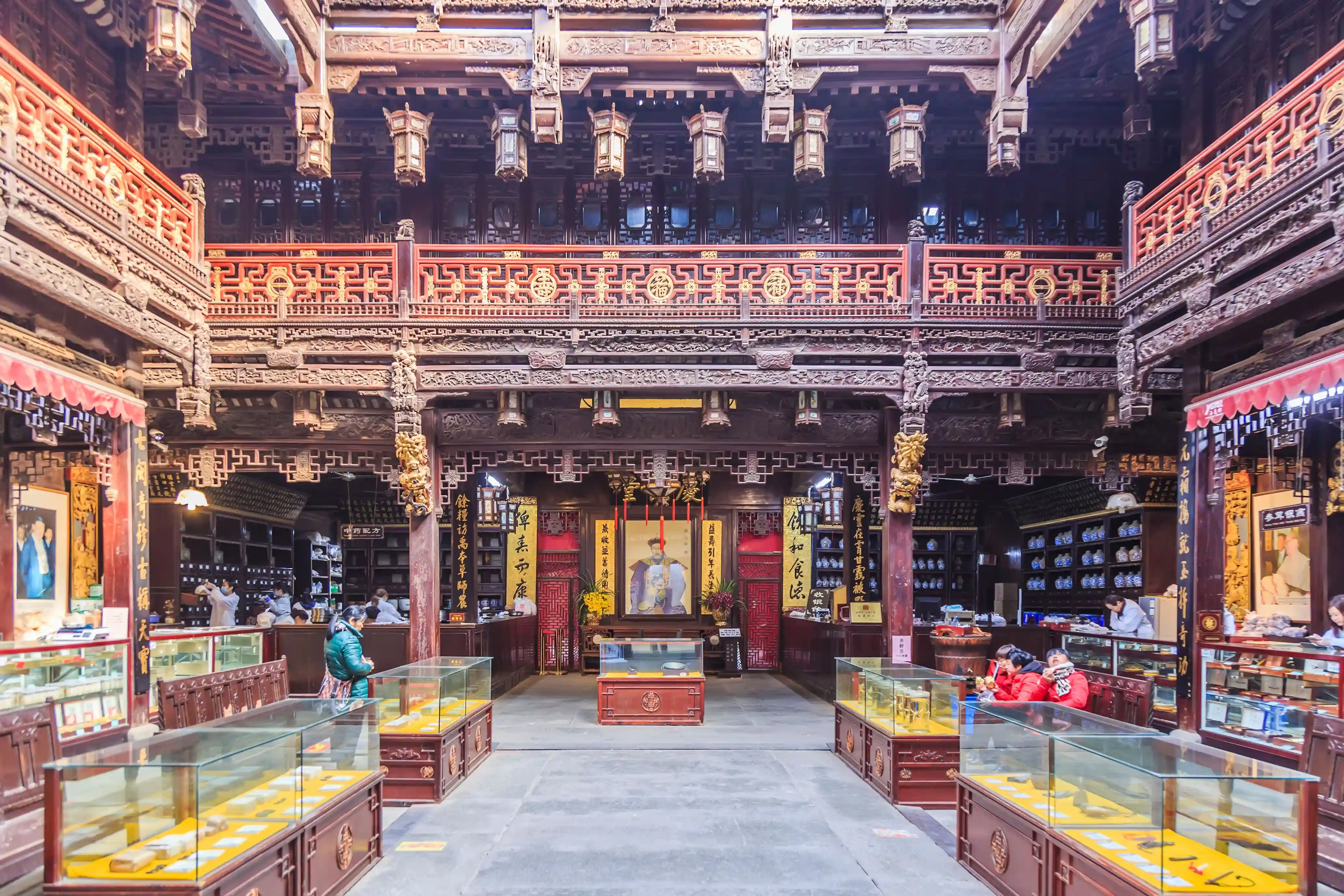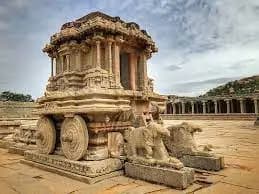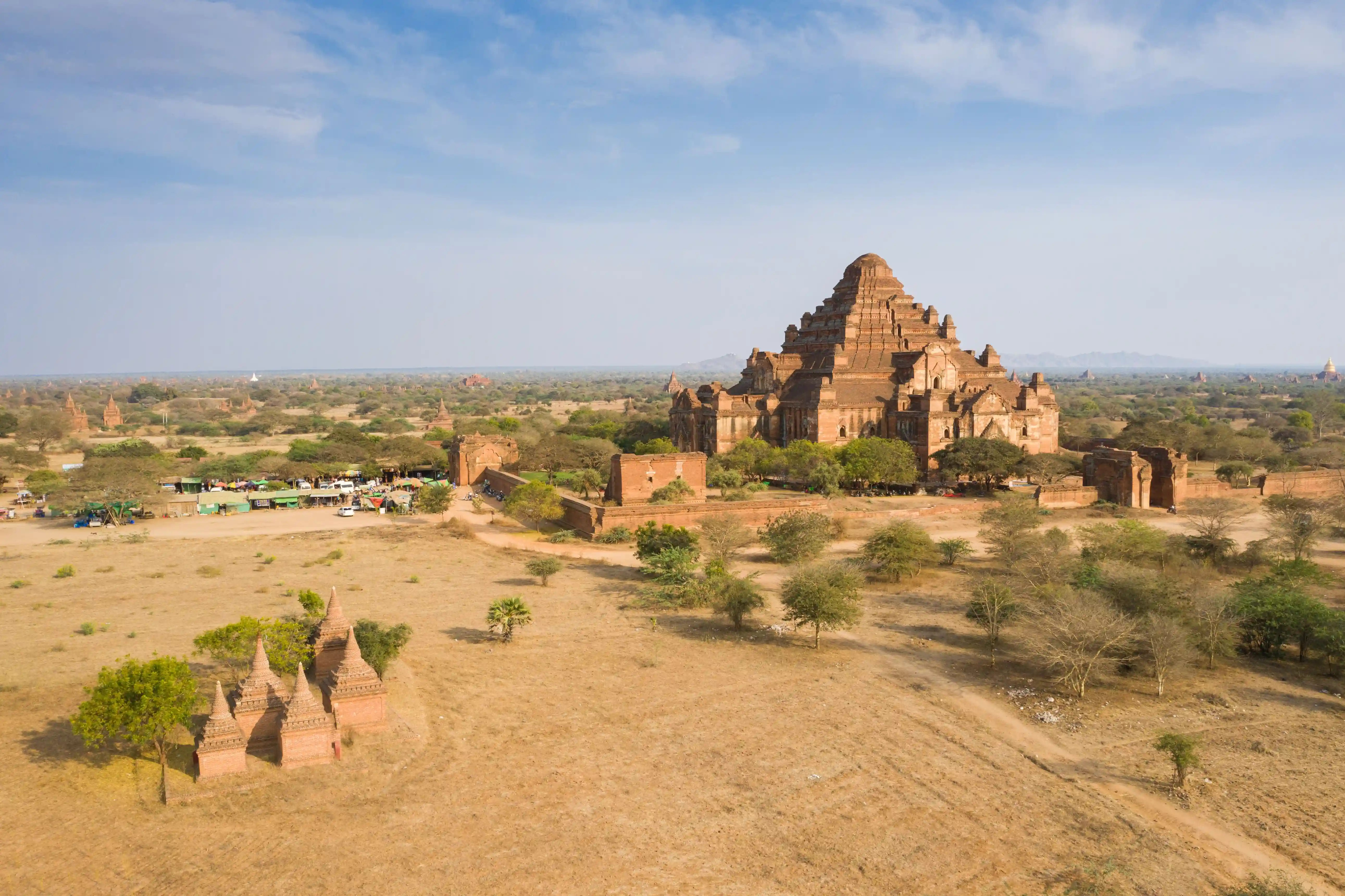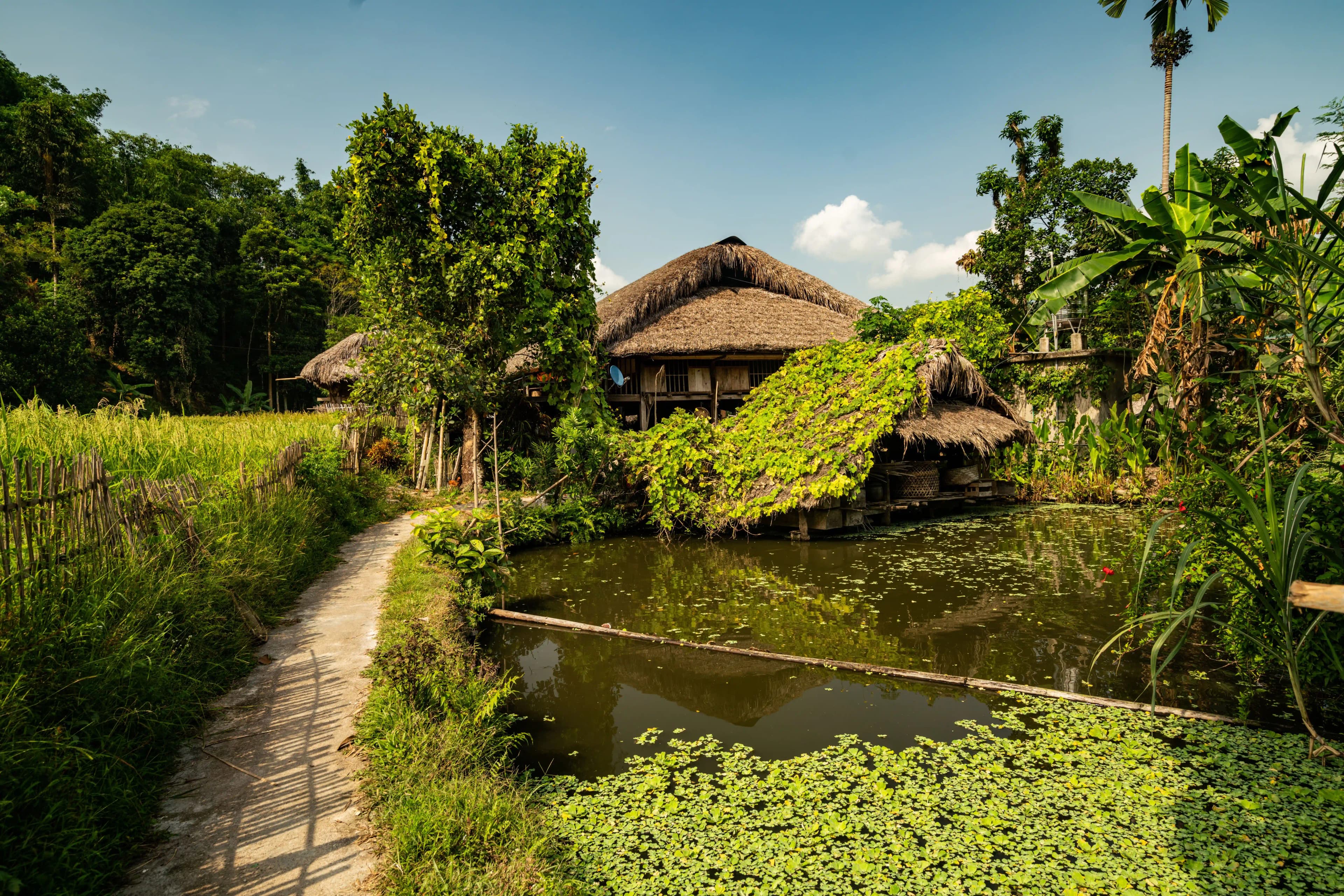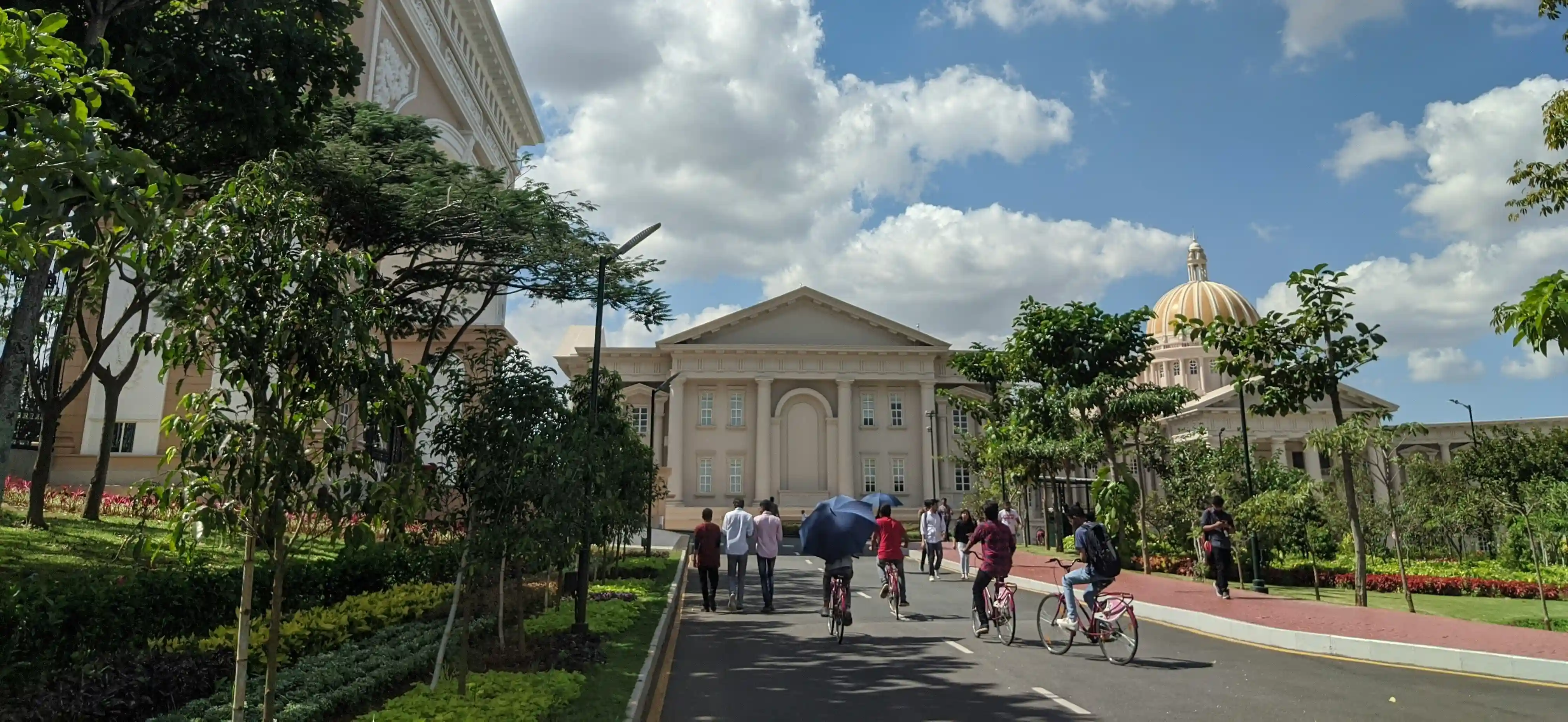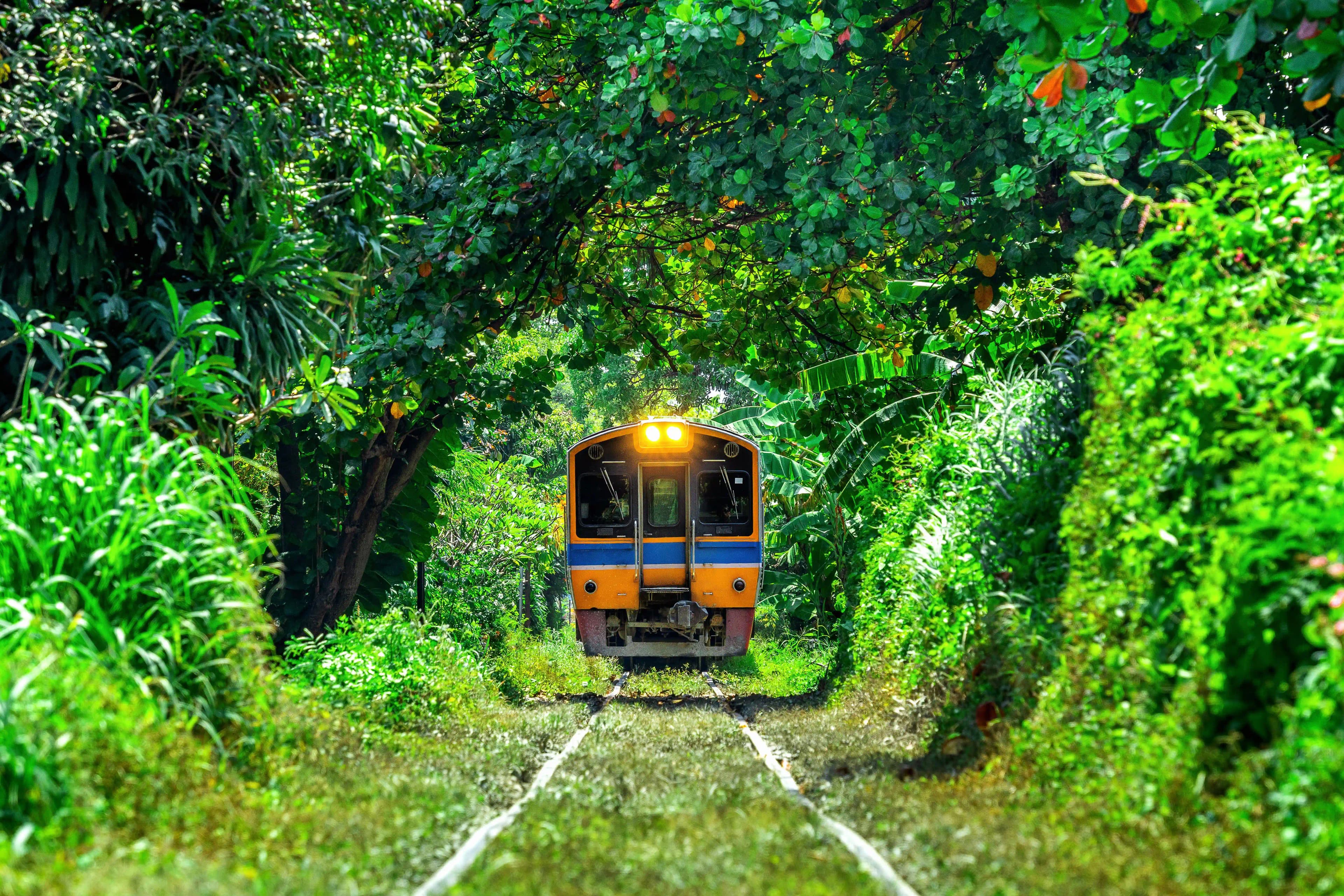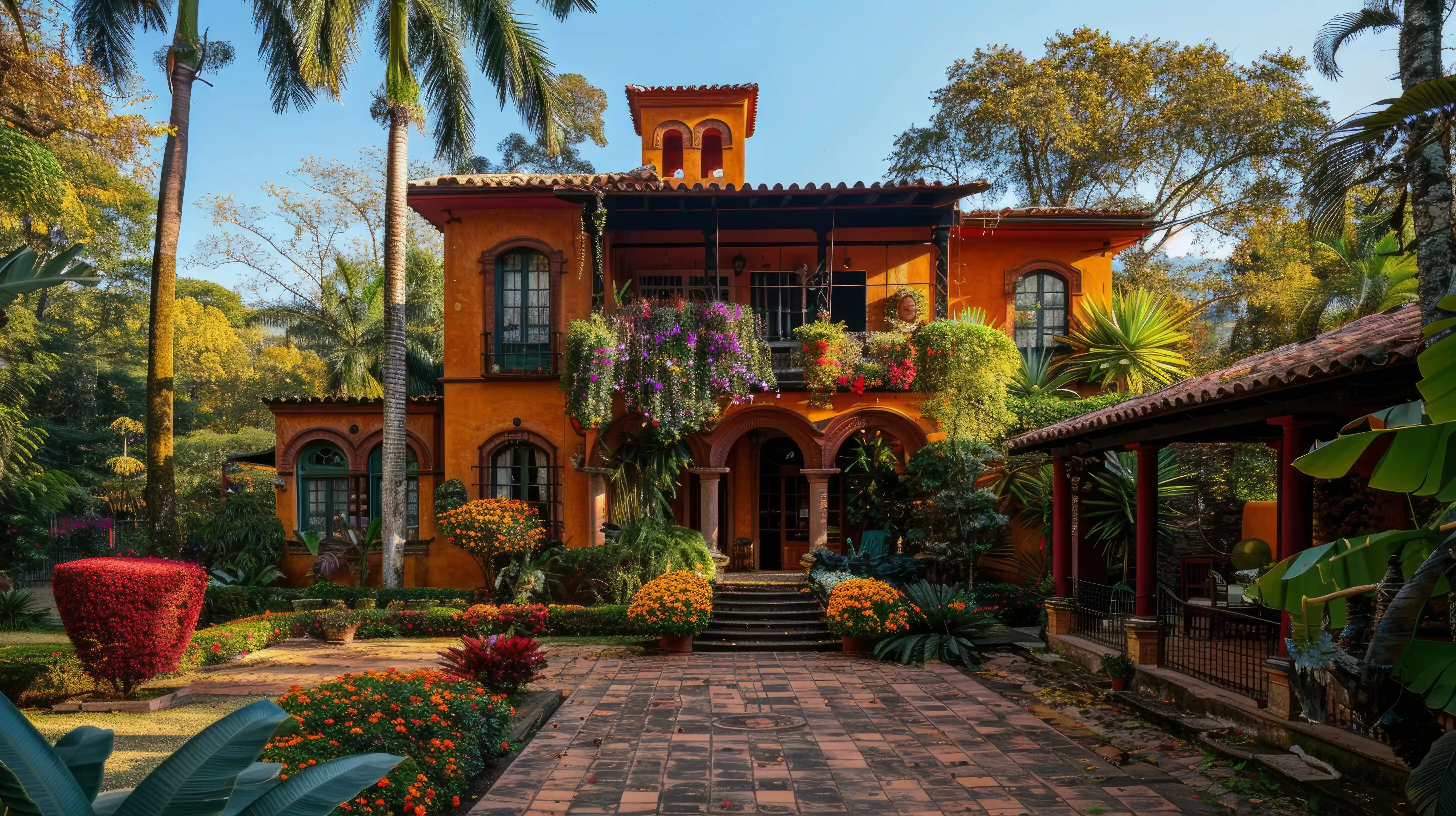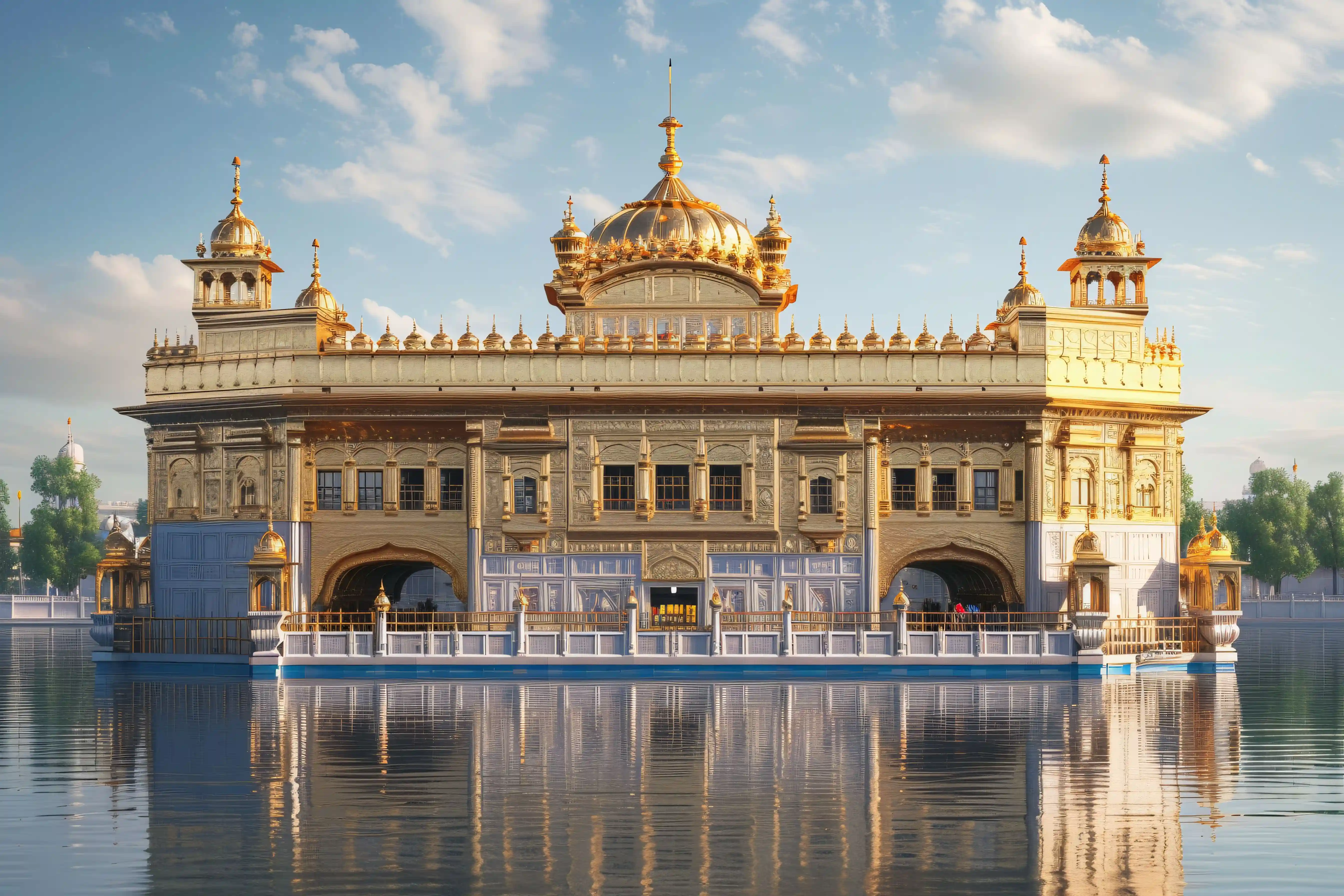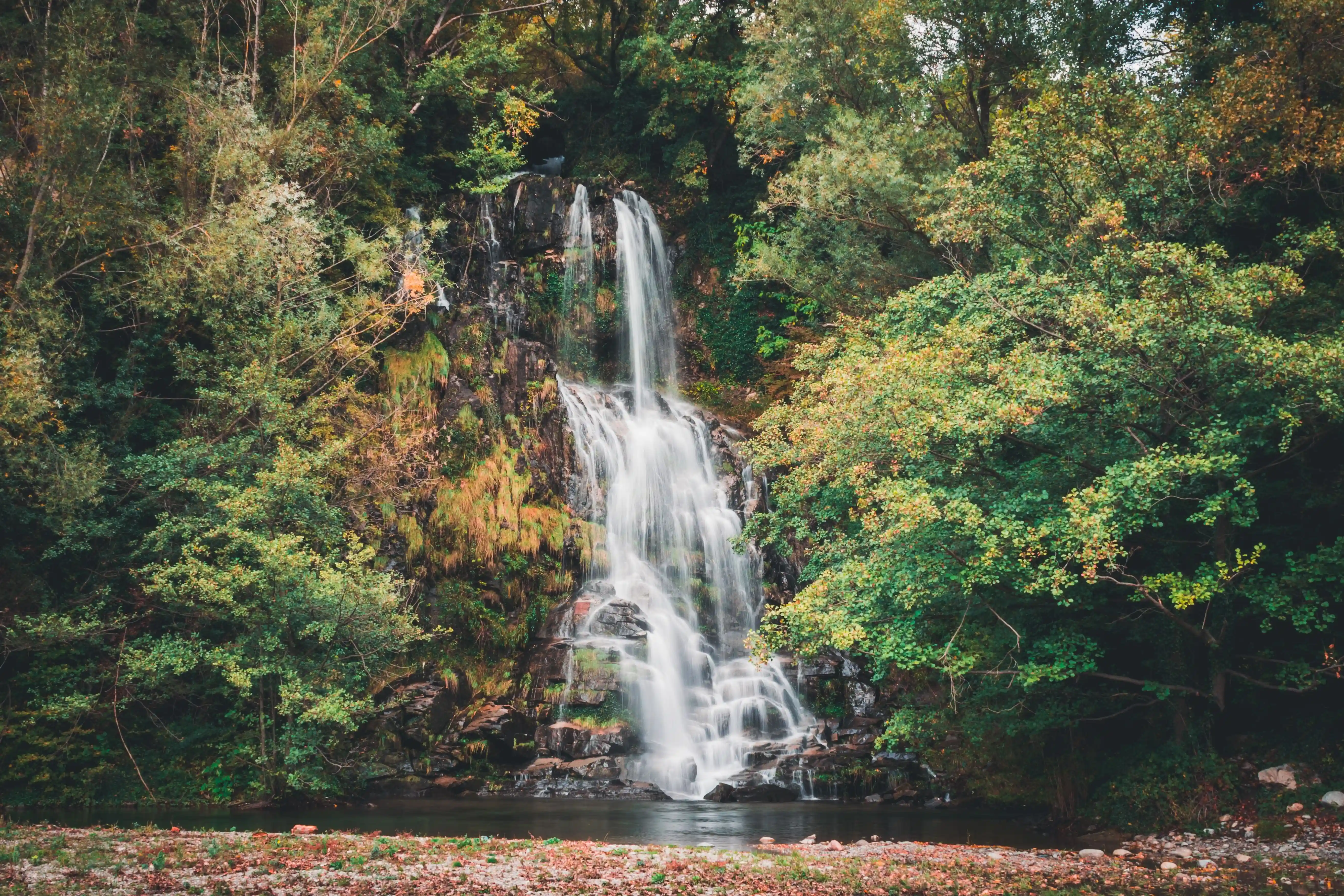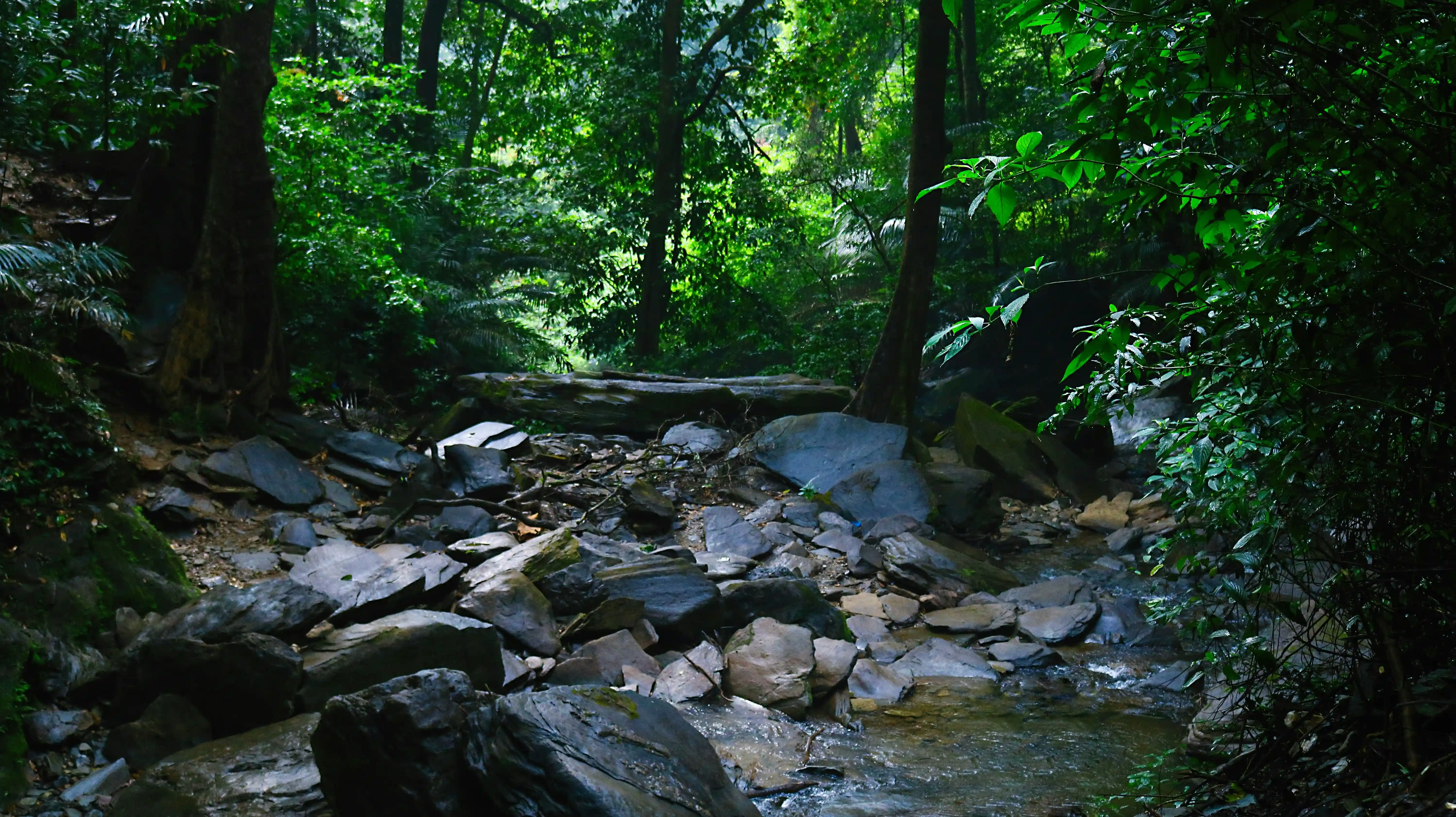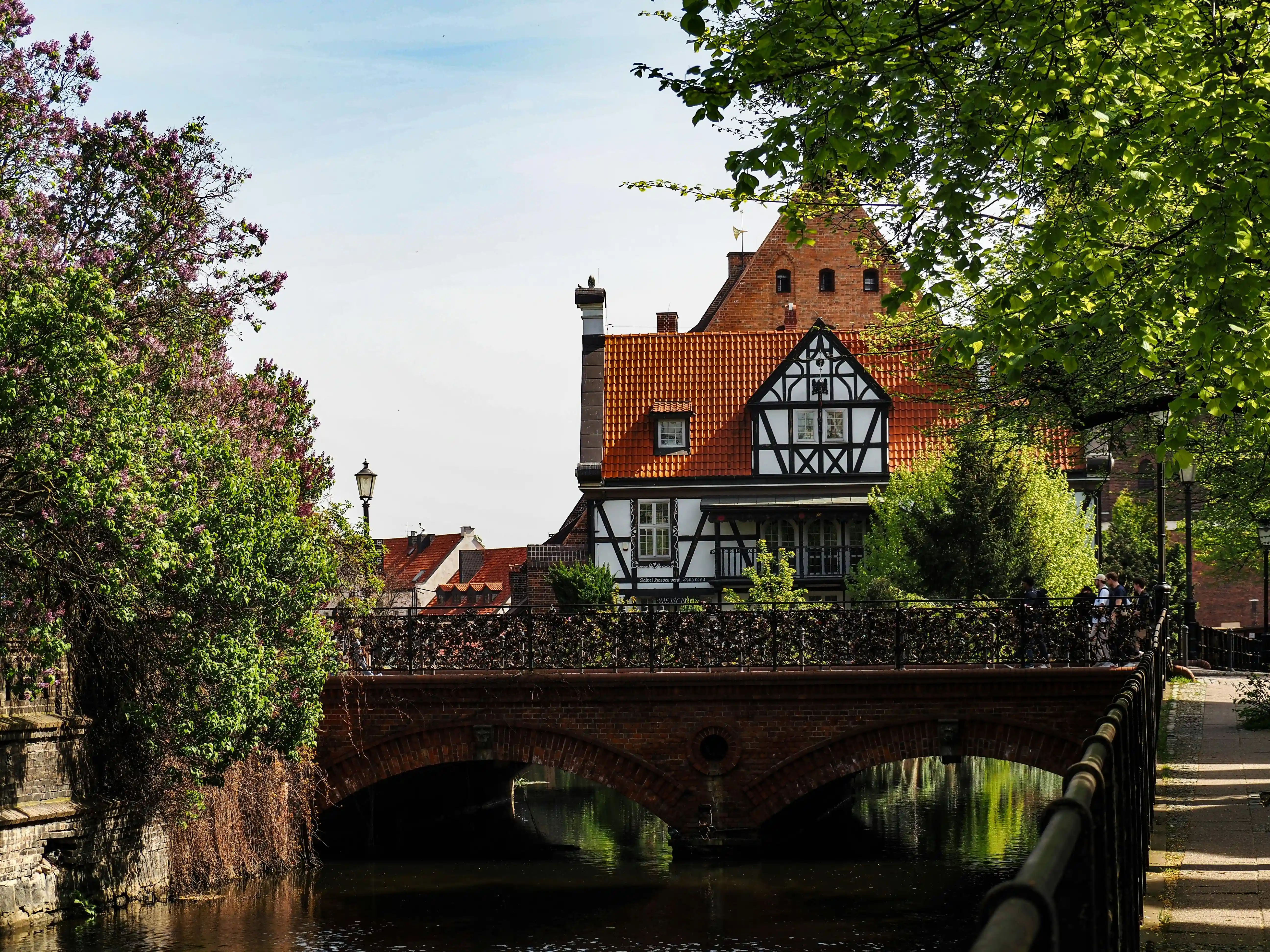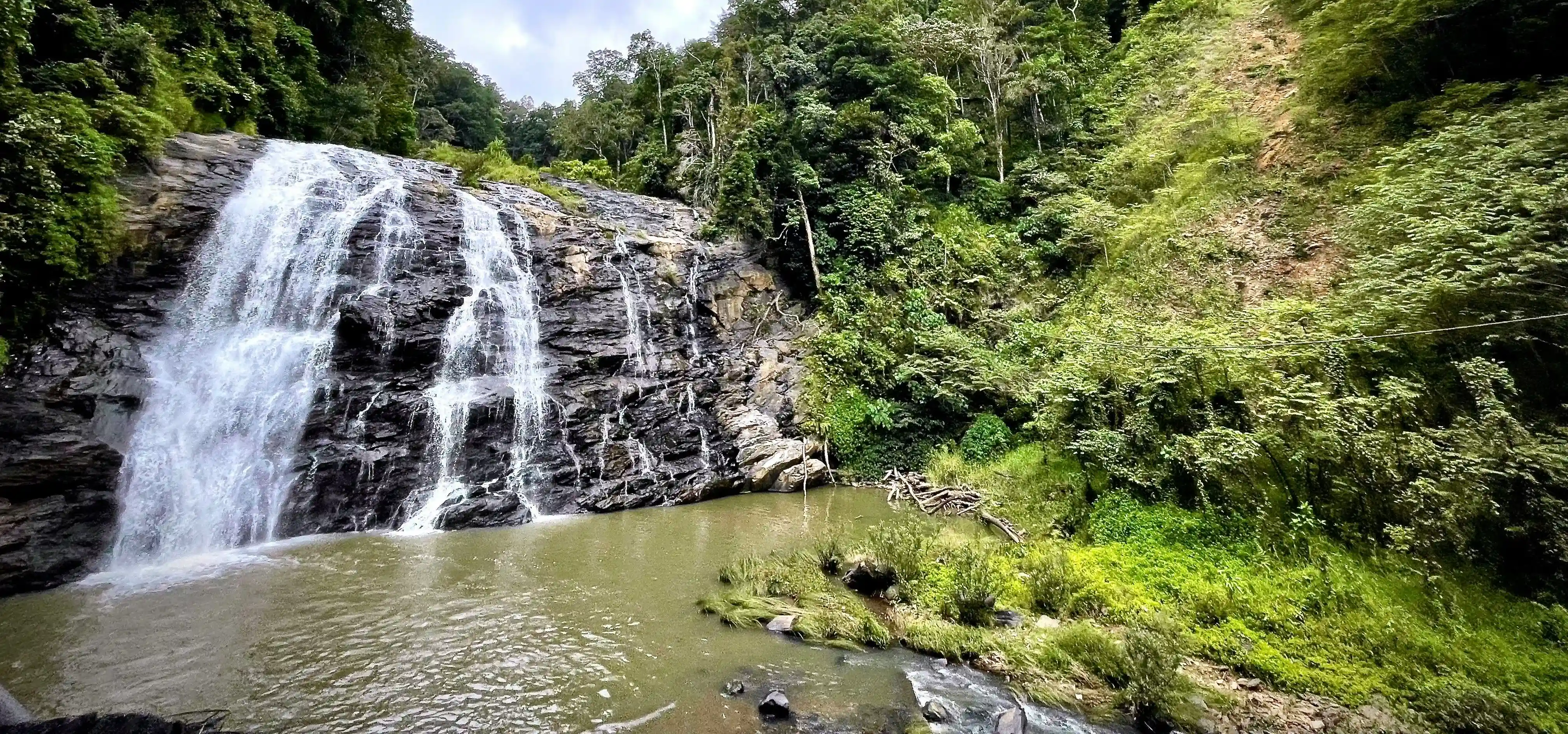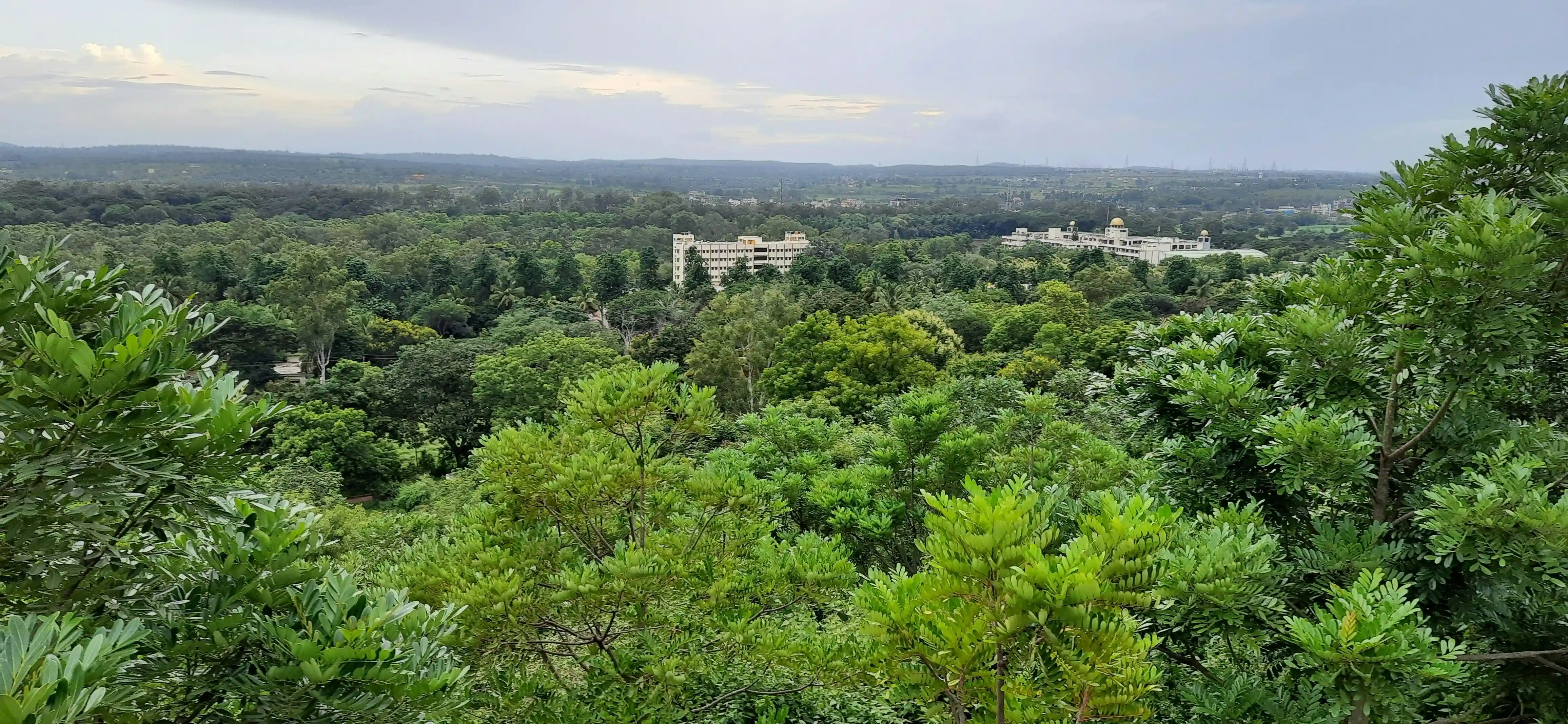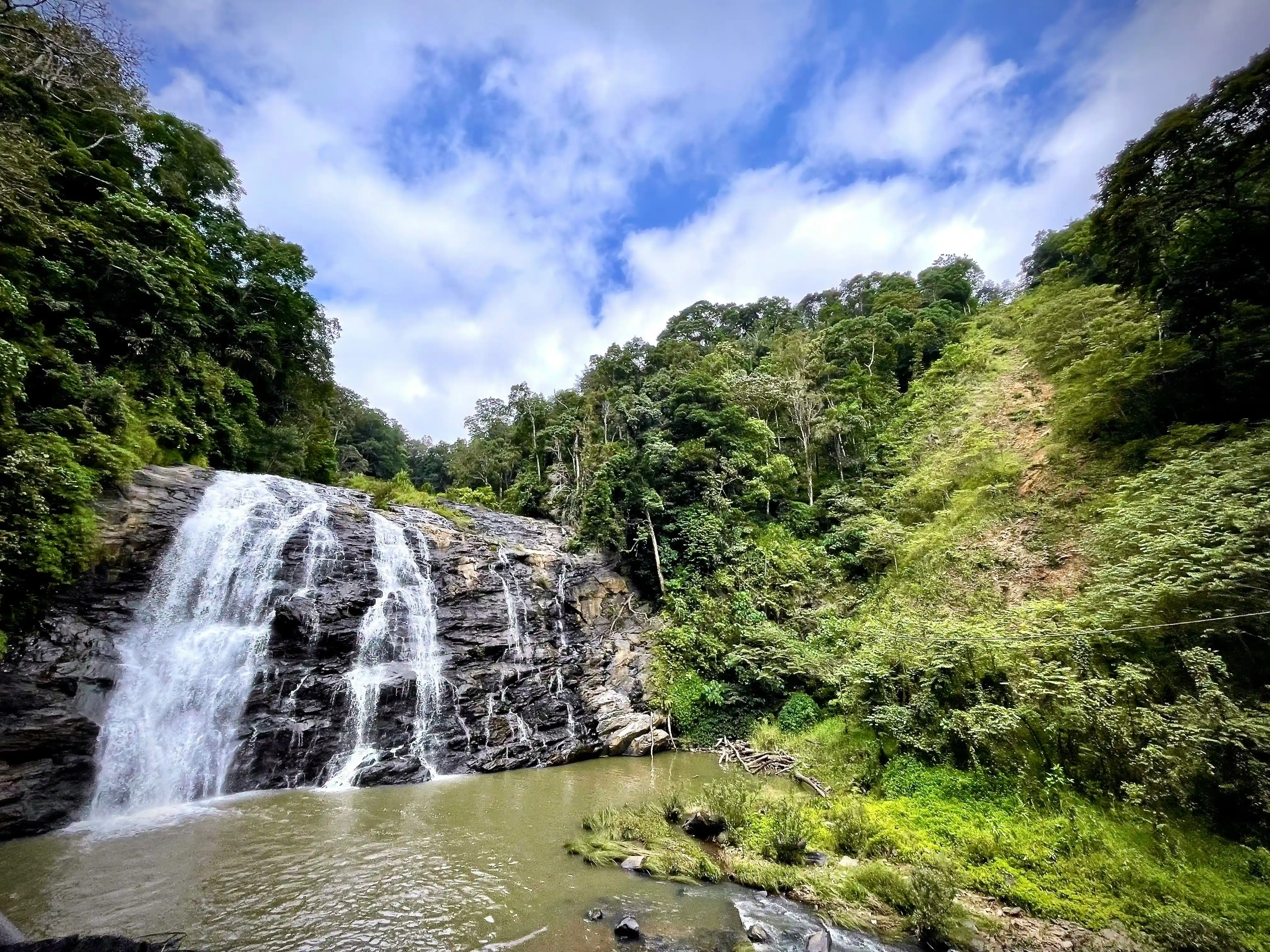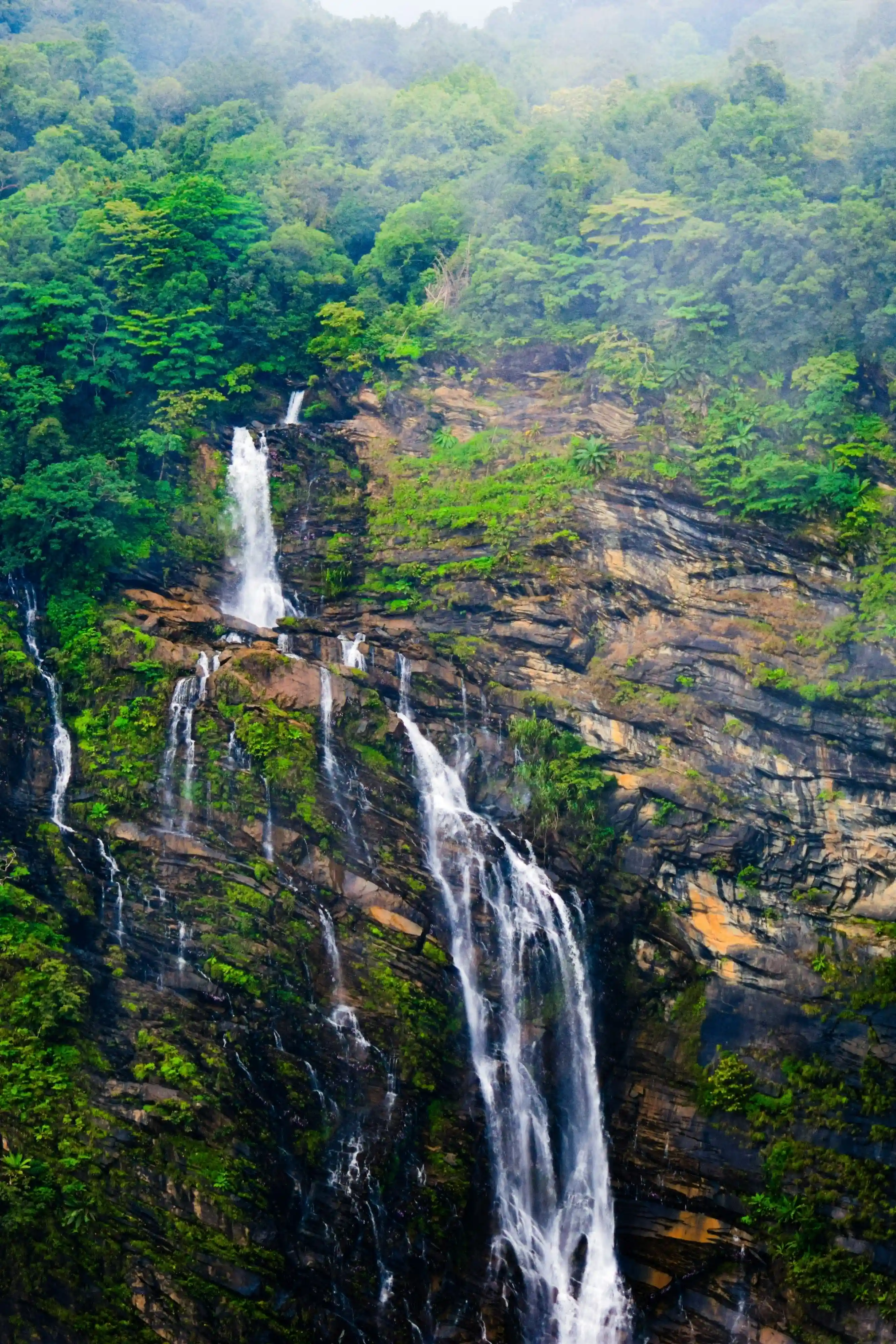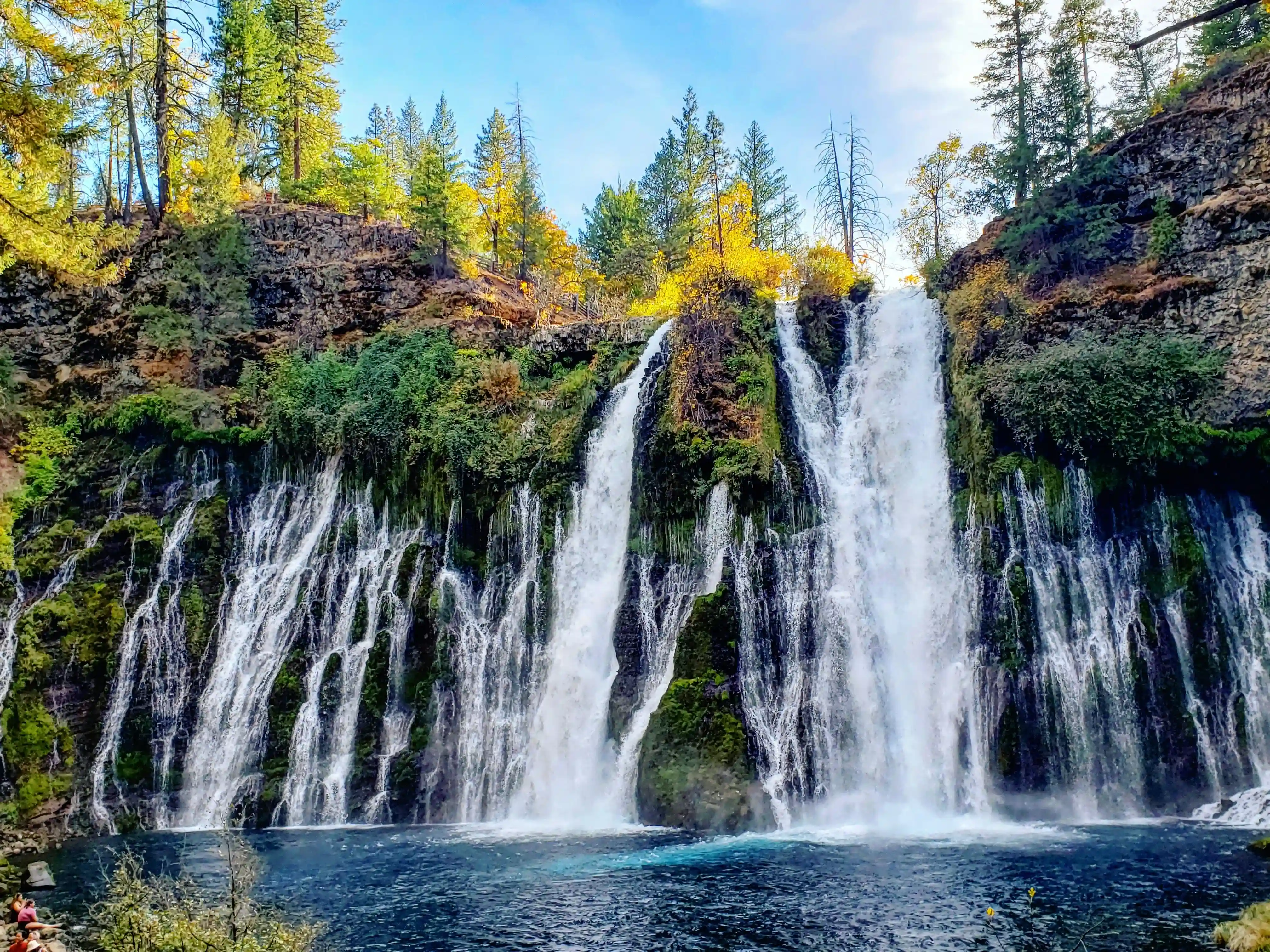Imagine stepping into a place where time seems to stand still, where ancient stories whisper through stone carvings, and where spirituality blends seamlessly with history. Welcome to the Virupaksha Temple in Hampi, a sacred marvel that has stood tall for centuries. Lord Shiva receives worship at this temple which serves both as a religious holy site and an architectural masterpiece. During your visit to the Virupaksha Temple, you can experience an unforgettable past of India by admiring its gopuram and inverted shadow formation within its ancient history. Whether you seek blessings, history, or sheer wonder, this temple promises an experience like no other!
Virupaksha Temple Hampi

The historical site of Virupaksha Temple in Hampi brings together history and architecture with a spiritual connection. Experience the temple's rich history while admiring its Dravidian architectural splendour as well as its distinctive shadow phenomena. Get to know the temple location, timings, best visit time, surrounding attractions and methods to reach this landmark for an enriching temple exploration.
How to Reach Virupaksha Temple Hampi?

Virupaksha Temple is located in the southern region of Karnataka in the town of Hampi. Hampi features as a UNESCO World Heritage Site because it contains important historic ruins as well as interesting archaeological remains.
By Air:
- The nearest airport is Hubli Airport (160 km away).
- Another option is Kempegowda International Airport, Bangalore (350 km away).
By Train:
- The closest railway station is Hospet Junction (13 km from Hampi).
- Regular trains connect Hospet to Bangalore, Hyderabad, and Goa.
By Road:
- Hampi is well connected by roads to cities like Bangalore (350 km), Hyderabad (380 km), and Goa (310 km).
- Private taxis, state-run buses, and self-drive options are available.
You can travel through Hampi using a combination of walking and available local transportation that reaches the Virupaksha Temple and its surroundings.
Suggested Read: Bhimashankar Temple: Divine Escape Near Pune And Mumbai
Best Time to Visit Virupaksha Temple

A visitor can find the best conditions at Virupaksha Temple during the months from October to March because the weather remains pleasant enough to tour both the temple and surrounding sites. Visitors can enjoy sightseeing at this time since the temperature remains comfortable. During this time the temple attracts devotees through its famous festivals including Maha Shivaratri and Virupaksha Car Festival that let visitors experience its lively rituals. The monsoon season may create slippery conditions which make exploring the area more difficult but it provides the environment with abundant greenery. Visiting during a festival or in cooler months ensures the most fulfilling experience of this historic temple.
Unveiling the Rich History of Virupaksha Temple

The Virupaksha Temple's history extends to the 7th century thus becoming one of the oldest active temple complexes in India. A small shrine was first constructed as a place of worship for Lord Virupaksha, a form of Lord Shiva and was developed through many expansion stages during the past centuries. The significant expansions at the temple occurred during the Vijayanagara Empire from the 14th–16th century which made the structure a grand religious center.
Many people who visit the destination and historians commonly ask, who built Virupaksha Temple? King Deva Raya II from the Vijayanagara Empire expanded Virupaksha Temple during the 15th century after its ancient foundation had been established. History buffs and architecture enthusiasts must include Virupaksha Temple Hampi as a mandatory destination since it represents India's enduring religious heritage and architectural skill.
Suggested Read: Biggest Temples Of India: Wonders Of Faith
Architectural Brilliance of Virupaksha Temple

The Virupaksha Temple is a stunning example of Vijayanagara architecture, blending spiritual devotion with artistic mastery. Every structure within the temple complex reflects the skill and vision of ancient craftsmen, leaving visitors in awe of its grandeur.
- Majestic Gopuram: A 50-meter-tall entrance tower displays detailed Hindu deities and mythological narrative carvings which decorate its entire height. It is an unmissable gateway that people can see from a distance. The detailed craftsmanship reflects the architectural excellence of the Vijayanagara Empire.
- Dravidian Style Architecture: At the entrance, you can see Dravidian architecture throughout Virupaksha Temple which displays elegant pillars and detailed sculptures within its symmetrical framework. All the temple structure displays mythological figures along with divine symbols. The special architectural pattern boosts both the religious meaning and historical worth of the temple compound.
- Ranga Mandapa (Hall of Pillars): The Vijayanagara period builders created this peacefully appointed hall for religious use. The temple columns have elaborate carvings that display religious deities together with animals and heavenly beings. Throughout the building, numerous stone carvings showcase the accomplished artistic talent of ancient Indian craftsmen.
- Inverted Shadow Phenomenon: One of the most fascinating aspects of the temple is its inverted shadow illusion. Only through a small dark chamber can people view the upside-down image of the gopuram. This ancient optical effect is a mystery that continues to amaze visitors.
- Ornate Ceiling Paintings: The architectural ceilings of the temple showcase Hindu mythology through frescoes and murals which have been preserved for multiple centuries. The artistic masterpieces from the Vijayanagara era stay intact despite their long passage of time. The artwork shows the spiritual customs of Hampi while displaying its historical ties to religion.
Key Features of Virupaksha Temple

- Oldest Functioning Temple: The Virupaksha Temple, Hampi continues its active worship since the 7th century establishing it as one of India's oldest working temples.
- Majestic Gopuram: The 50-meter-high entrance tower exhibits detailed carvings of Hindu gods alongside celestial beings and mythological tales that symbolize Vijayanagara-era craftsmanship.
- Dravidian Architecture: The temple displays Dravidian architecture in every detail from the exquisite pillars to its symmetrical framework and the elegant walls which express the South Indian royal spirit of past eras.
- Inverted Shadow Phenomenon: The temple features an unusual illusion which produces an upside-down gopuram shadow that remains a point of fascination for temple worshippers as well as travellers.
- Ranga Mandapa (Hall of Pillars): A hall of exquisite architectural beauty functioned for religious ceremonies while displaying intricate details that included figures of gods, mythical creatures and different types of animals.
- Sacred Sanctum Sanctorum: Devotees gather at the inner sanctum where they worship Lord Virupaksha (Shiva) before seeking divine blessings.
- Tungabhadra River Proximity: Visitors can find spiritual calm within this temple because it has its presence alongside the Tungabhadra River which supplies a tranquil spiritual setting for meditation and worship.
- Festival Celebrations: Each year the temple welcomes thousands of pilgrims during the grand festivals called Hampi Utsav and Virupaksha Car Festival.
Suggested Read: Exploring Brahma Temples In India: A Journey To The Worship Places
Virupaksha Temple Timings & Aarti Schedule
Knowing the Hampi Virupaksha Temple timings is essential to plan your visit:
- Virupaksha Temple Timings for the Morning: 6:00 AM – 1:00 PM
- Virupaksha Temple Timings for Evening: 5:00 PM – 9:00 PM
Aarti Timings:
- Morning Aarti: 7:00 AM
- Evening Aarti: 7:30 PM
Must-Visit Places Near Virupaksha Temple
Visit amazing places near Virupaksha Temple that showcase Hampi’s history and beauty. From ancient ruins to stunning views, these spots make your trip even more special.
1. Vittala Temple

The Vittala Temple stands as a key landmark near Virupaksha Temple at a distance of 2 km. The Stone Chariot at the temple stands prominently in Indian currency and its musical pillars emit sound whenever someone touches them. The temple complex was built during the 15th century by the Vijayanagara Empire builders who expressed their finest Dravidian architectural achievements.
The massive architectural structure consists of many mandapas and detailed stone carvings beside expansive courtyards. The site exposes the remarkable technical accomplishments and architectural perfection of the temple to its visitors. People who visit Hampi must see the Vittala Temple to experience its remarkable structures and important cultural past.
2. Lotus Mahal

The Lotus Mahal located within the Zenana Enclosure combines architectural elements from Hindu and Islamic traditions. The combination of arched windows together with symmetrical domes and a lotus-like shape led the palace to earn its name. The leisure palace was constructed for royal women of the Vijayanagara Empire. Hot summer weather does not affect this limestone and brick structure which keeps its occupants naturally cooled.
The Lotus Mahal stands among the most beautiful landmarks in Hampi thanks to its location in a charming manicured yard and nearby ruins of royal historic buildings. History enthusiasts should not miss this peaceful site that possesses beautiful architectural elements.
3. Hampi Bazaar

In the front of Virupaksha Temple stands Hampi Bazaar which maintained its status as a busy marketplace during the golden days of the Vijayanagara Empire. The market extends over one kilometre while stone-pillar pavilions from the past were used by traders who sold pearls and gems, silk and spices.
At present the bazaar features stores which sell local products, handmade items and apparel along with conventional items. Tourists can walk through the historic street and meet local makers as they encounter the legacies from Hampi’s medieval trading past. People enjoy shopping and sightseeing in the market because its lively vibe pairs well with its historical charm.
4. Matanga Hill

Visitors can reach Matanga Hill which stands as Hampi's most elevated location to experience a panoramic view of archaeological ruins and surrounding rocky features. People can see the sunrise and sunset from this location which exists near Virupaksha Temple. The hill carries significant Hindu spiritual value because it served as the meditation spot for Sage Matanga.
Travelers must hike for 30 to 40 minutes to reach the top of Matanga Hill where they can view outstanding perspectives of the temple complexes, rivers and surrounding boulders. Nature enthusiasts, photographers and adventure seekers must visit Matanga Hill because of both its peaceful ambience and spectacular landscapes.
5. Tungabhadra River & Coracle Ride

Hampi becomes more breathtaking because the religious Virupaksha Temple features the Tungabhadra River as its neighbour. People believe the river carries strong religious values making it common for believers to take sacred baths before going to temple worship. One of the popular attractions at this location is the traditional coracle boat ride that permits tourists to view the riverside scenery along with historical caves.
Visitors can find both historical temples and relaxing spots along the banks of the river. The site provides visitors with the opportunity to see the calm river views alongside boat rides and myth discoveries about the Tungabhadra making it an essential location to visit.
Suggested Read: Famous Temples In India
People consider Virupaksha Temple both a timeless architectural landmark and a place of sacred importance at the site of Hampi. The temple stands out as one of India's most marvellous temples because of its historical background combined with intricate artworks and sacred importance. The Virupaksha Temple welcomes everyone because devotees can find blessings and history lovers can learn from the past while travellers can marvel at its architectural greatness. Visiting Virupaksha Temple lets people step into the majestic schools of Hampi heritage while building an everlasting admiration for its artistic legacy.
Frequently Asked Questions
1. What is the Virupaksha temple famous for?
Virupaksha Temple in Hampi is mainly famous because of its grand gopuram design, remarkable historical background and the extraordinary shadow effects seen inside the temple.
2. Why Virupaksha temple was not destroyed?
The Virupaksha Temple in Hampi survived destruction because locals continued their religious activities which made it an essential site of worship during times of war.
3. What is the mystery of the Virupaksha temple?
The temple’s inverted shadow phenomenon, where the gopuram appears upside-down through a pinhole camera effect, remains an architectural wonder.
4. Why is Shiva called Virupaksha?
Shiva is called Virupaksha because the name means "eyes without form" and symbolizes his omniscience and unique form.
